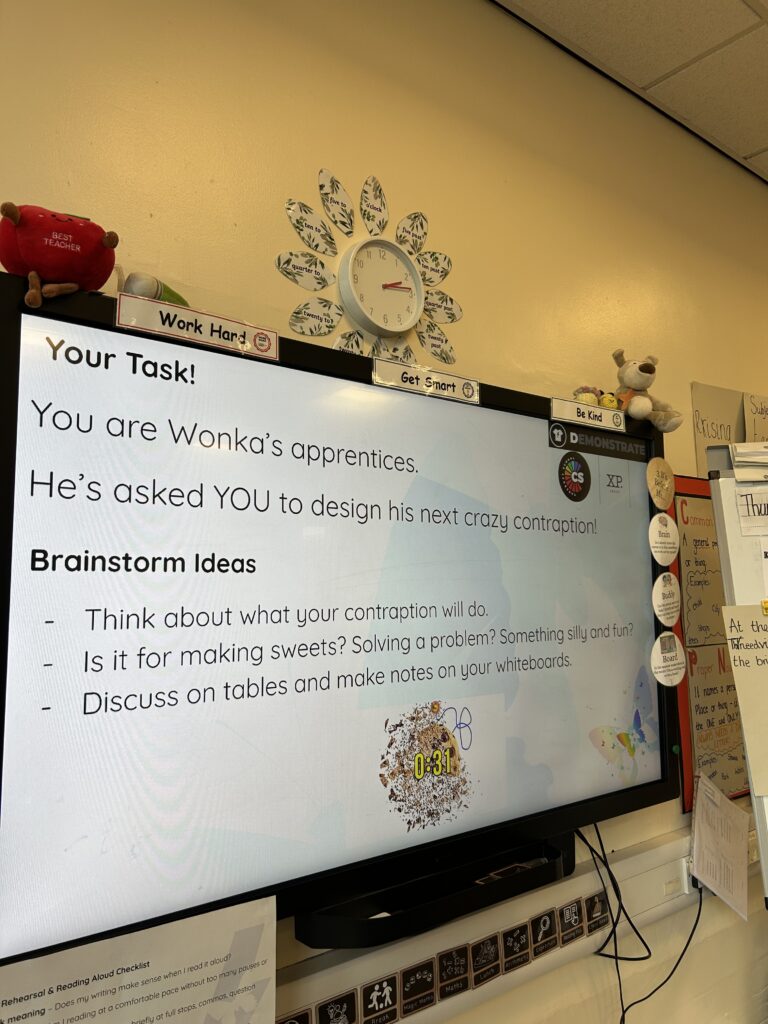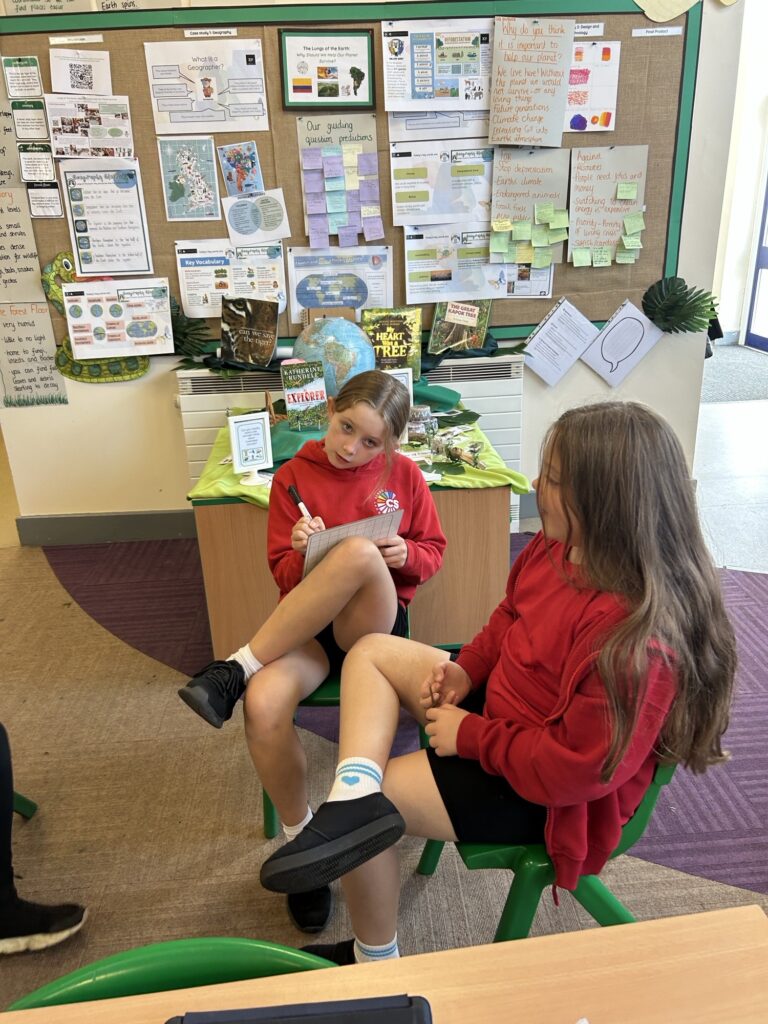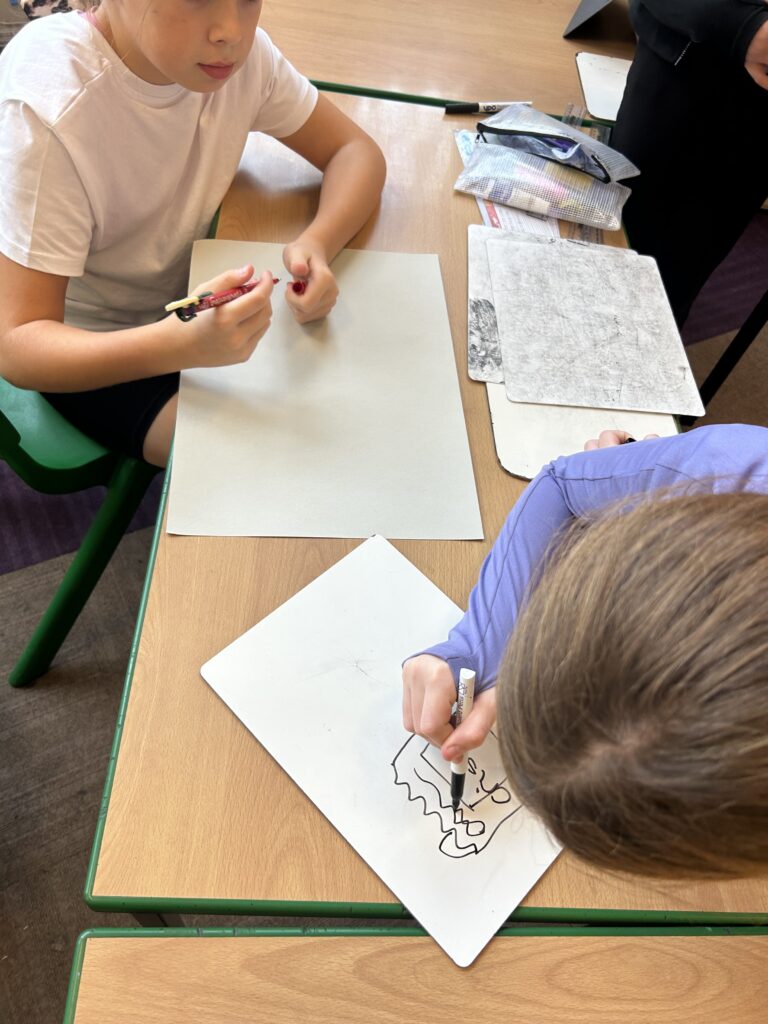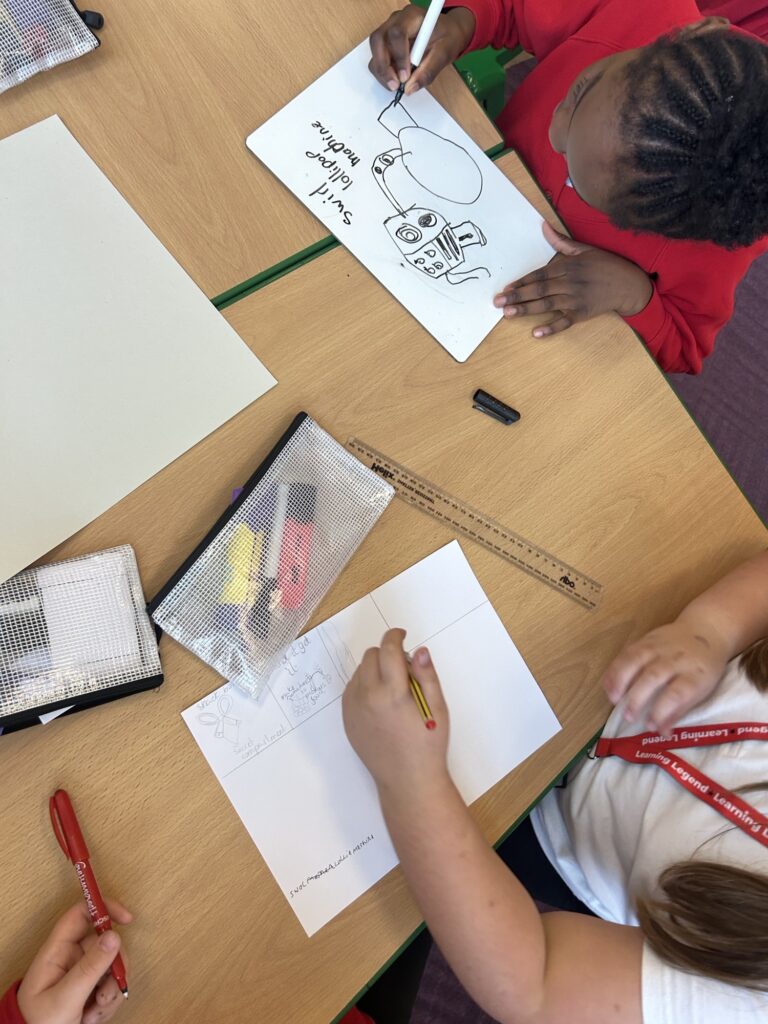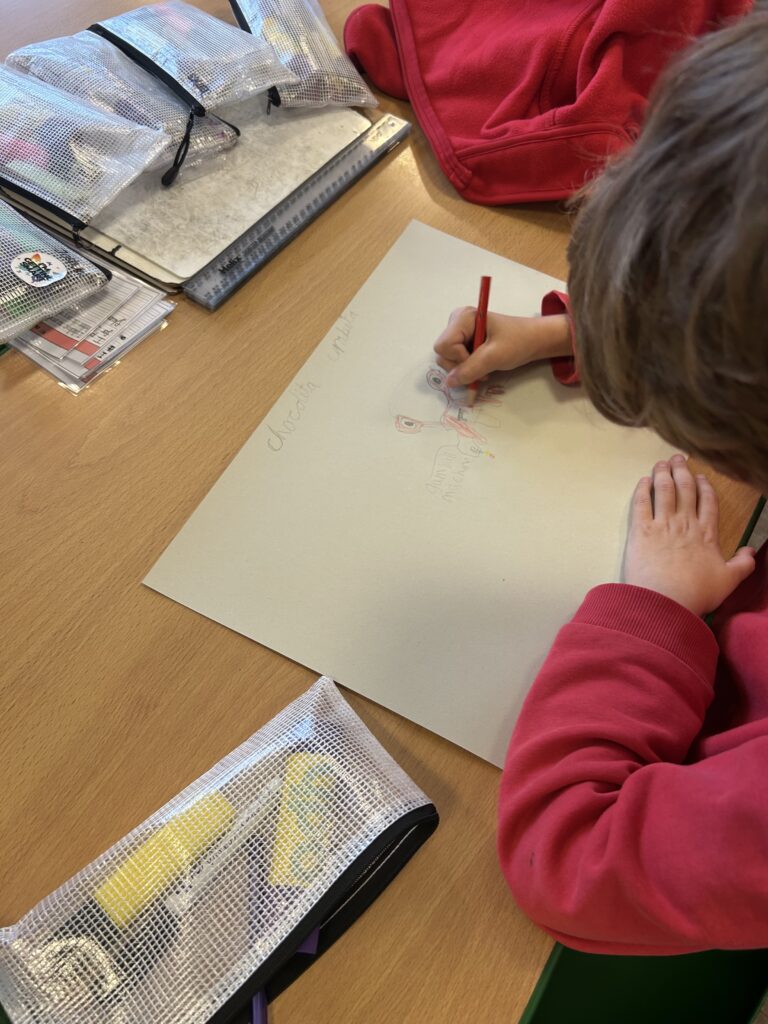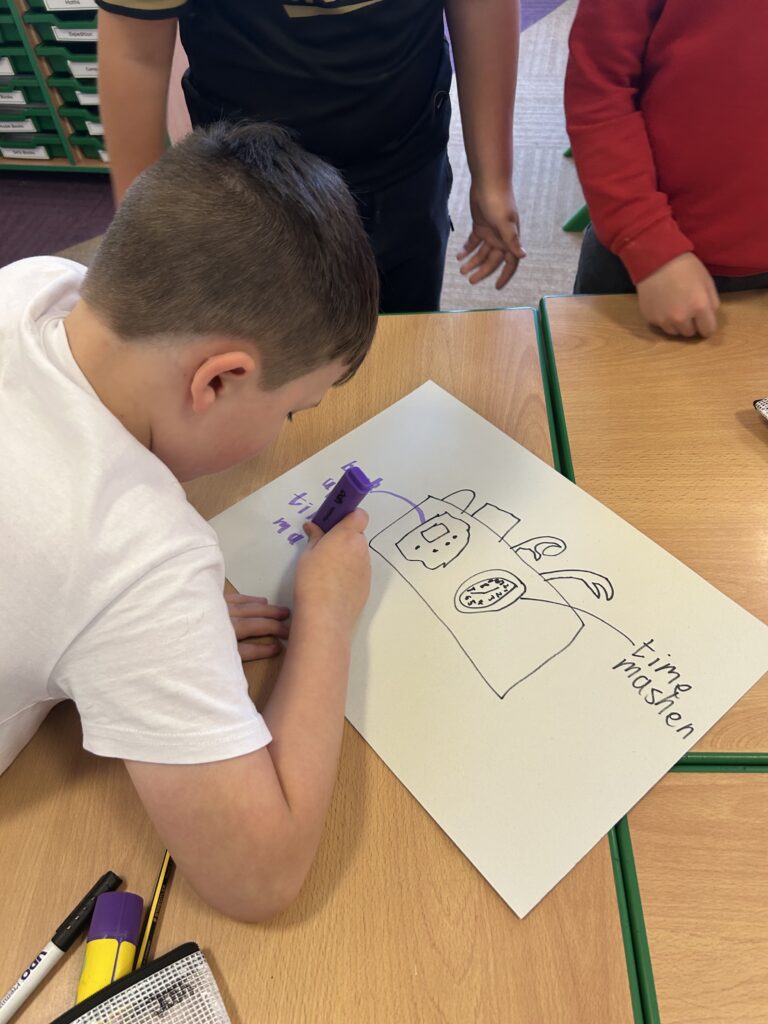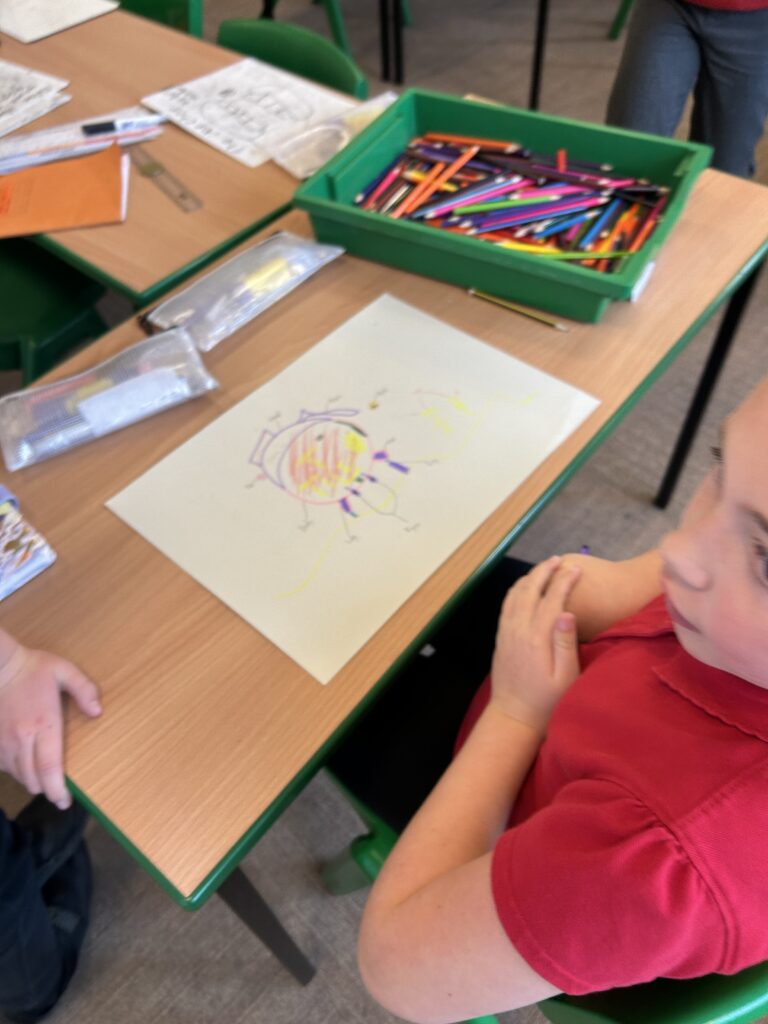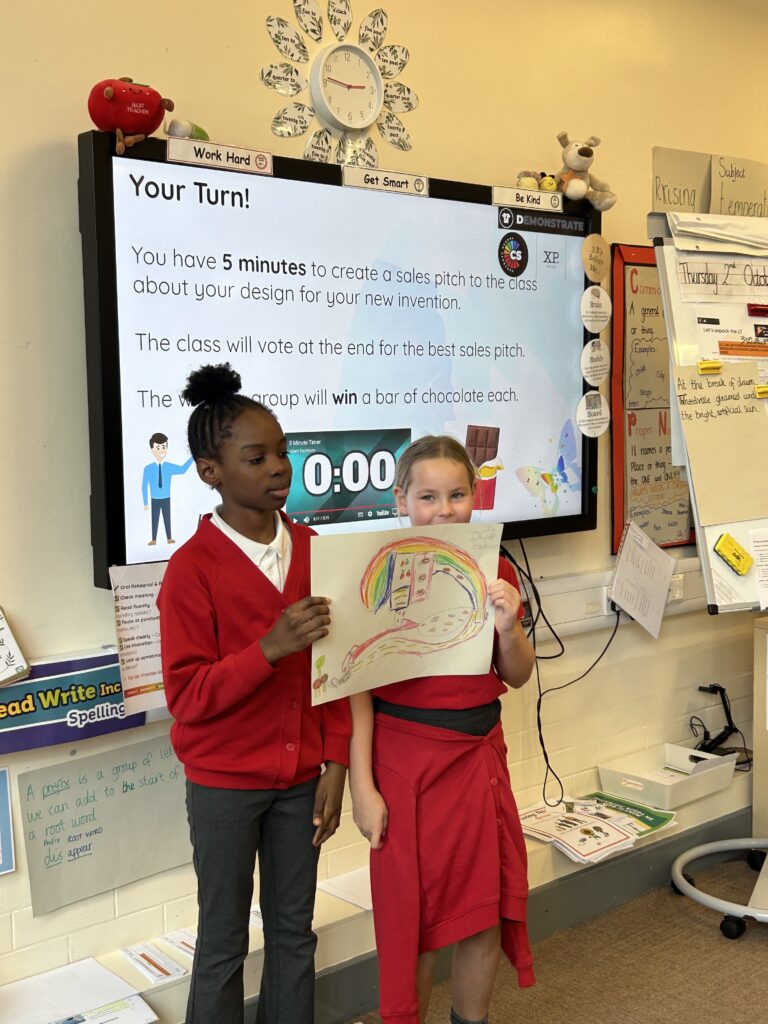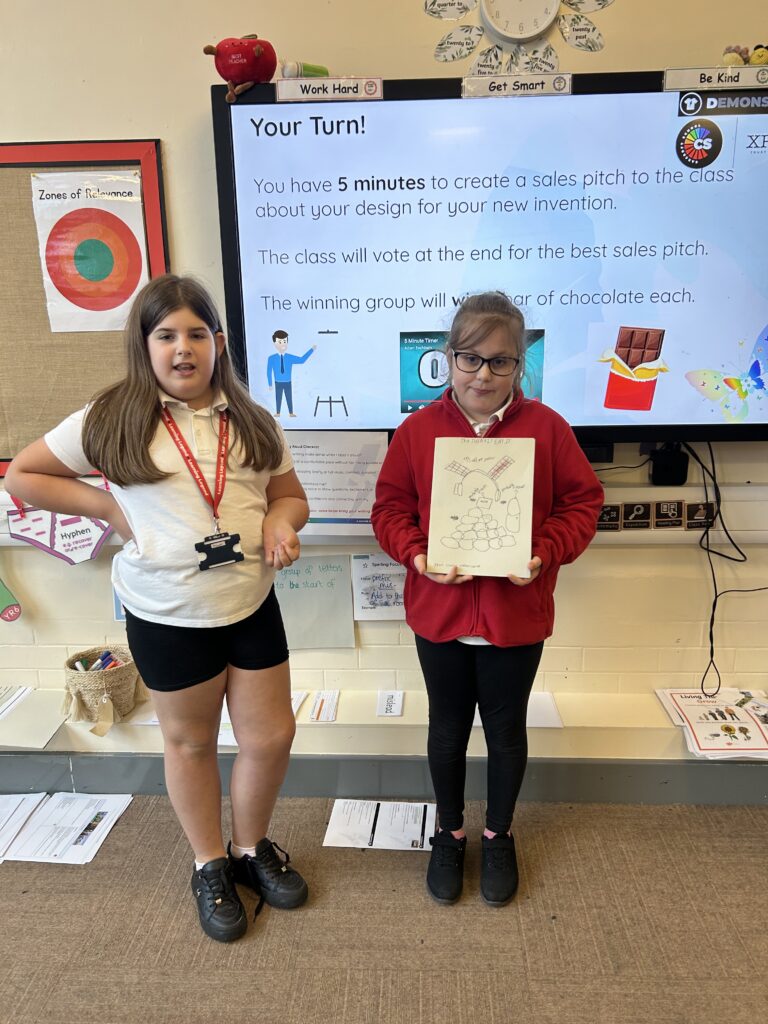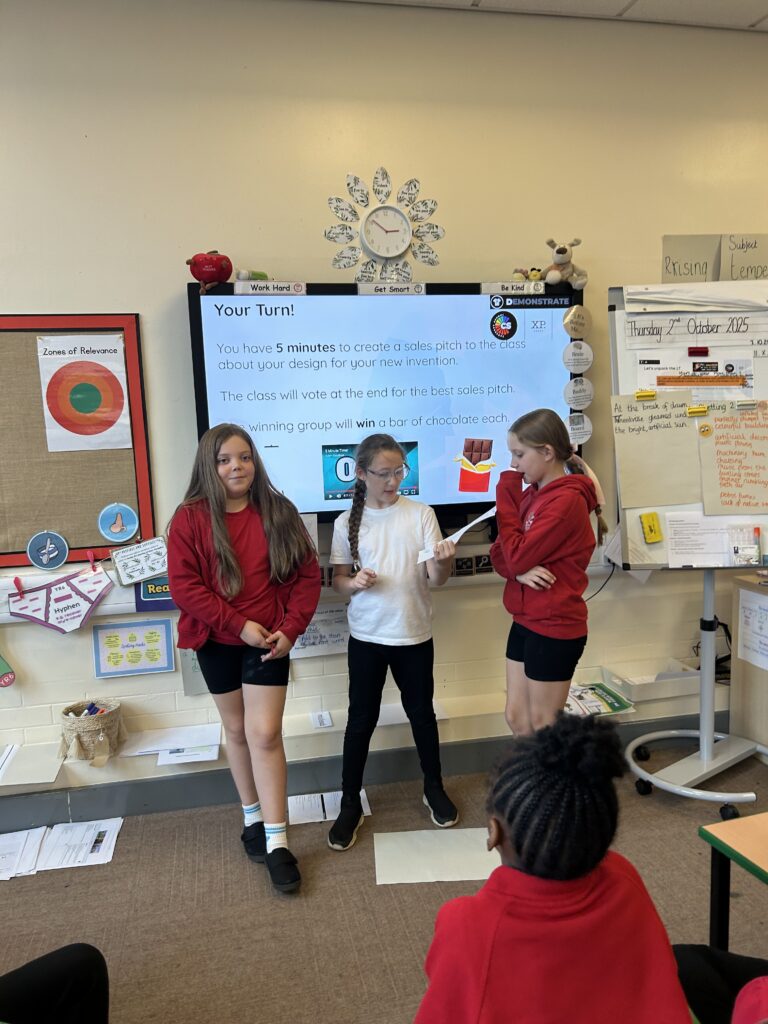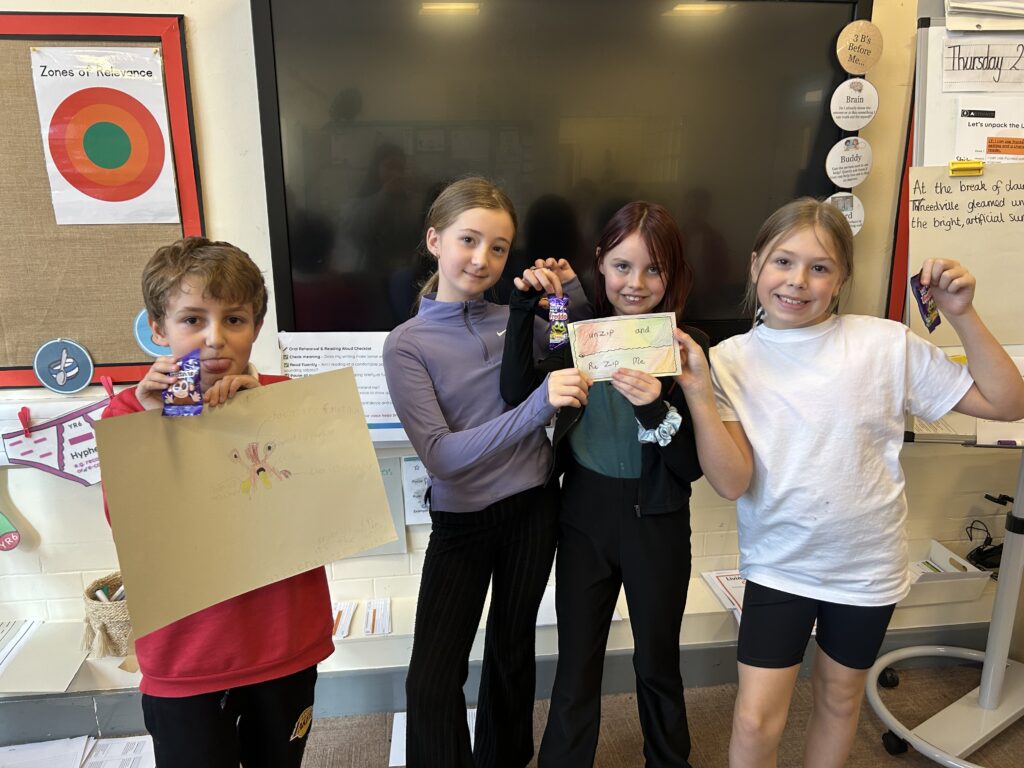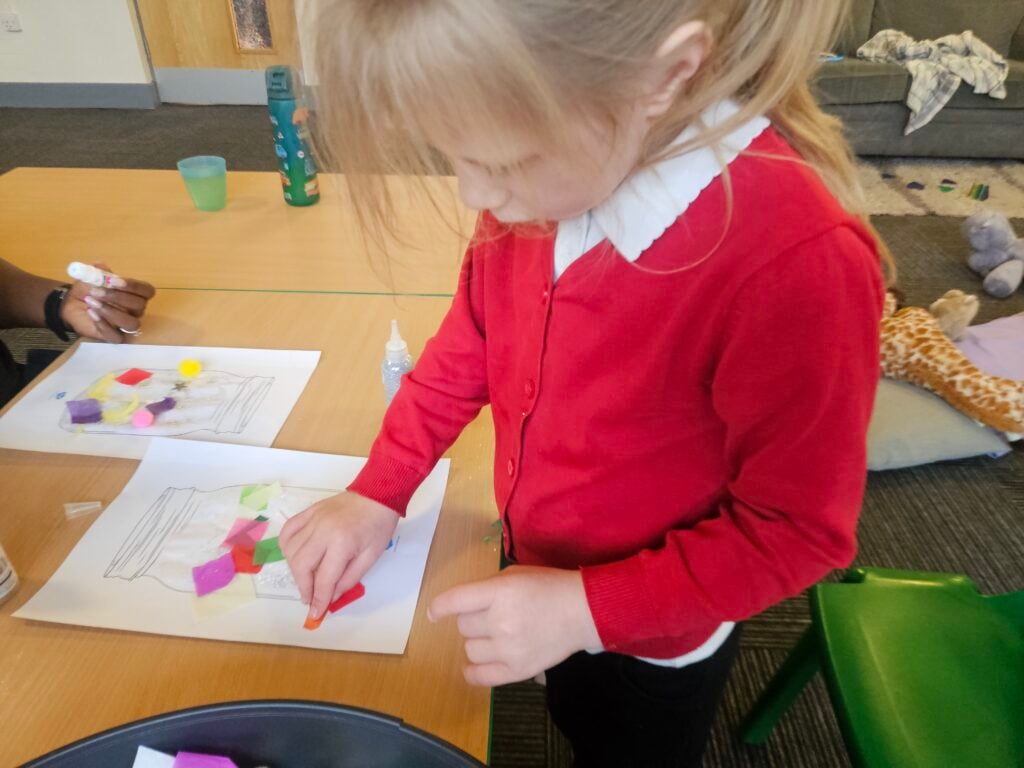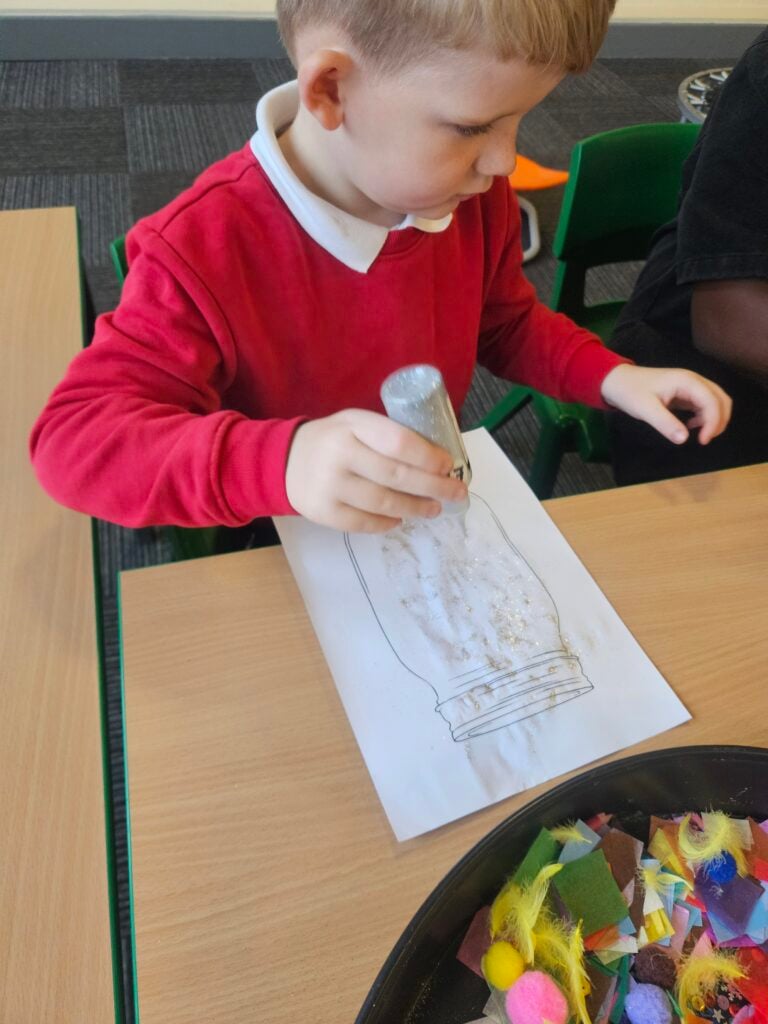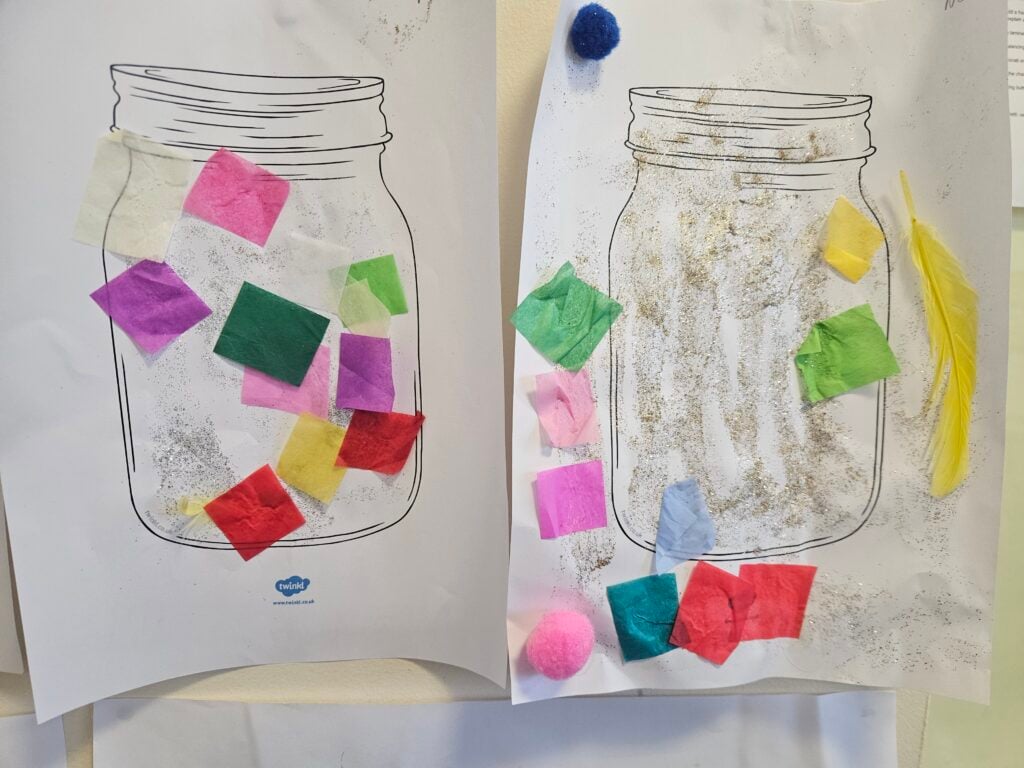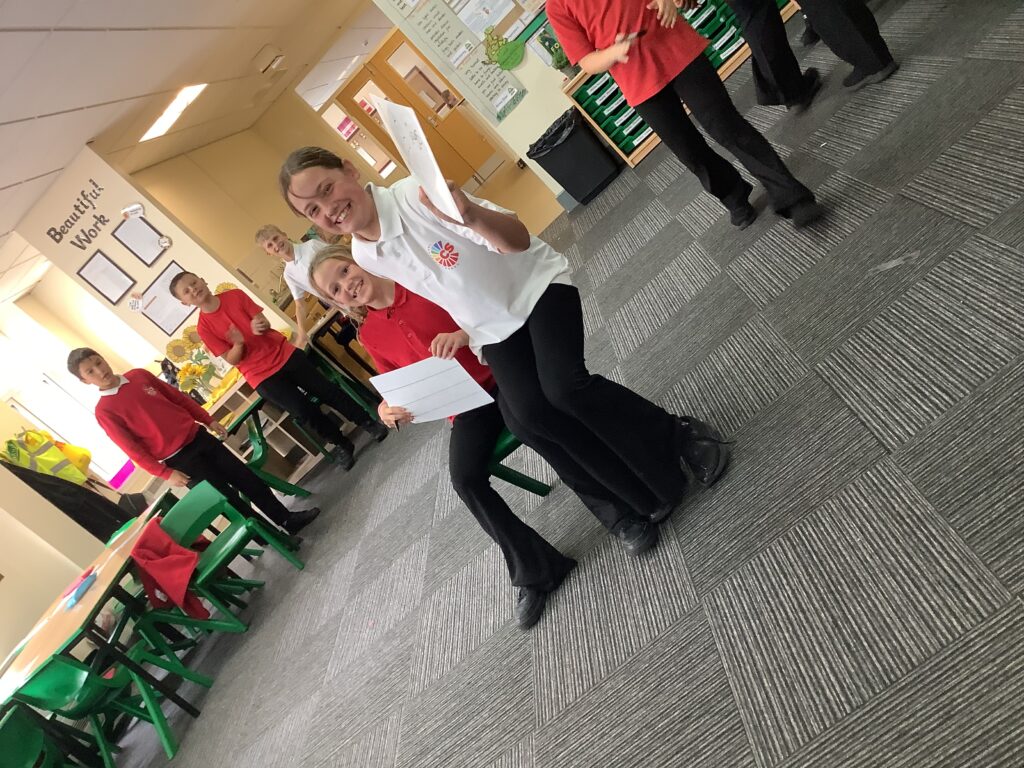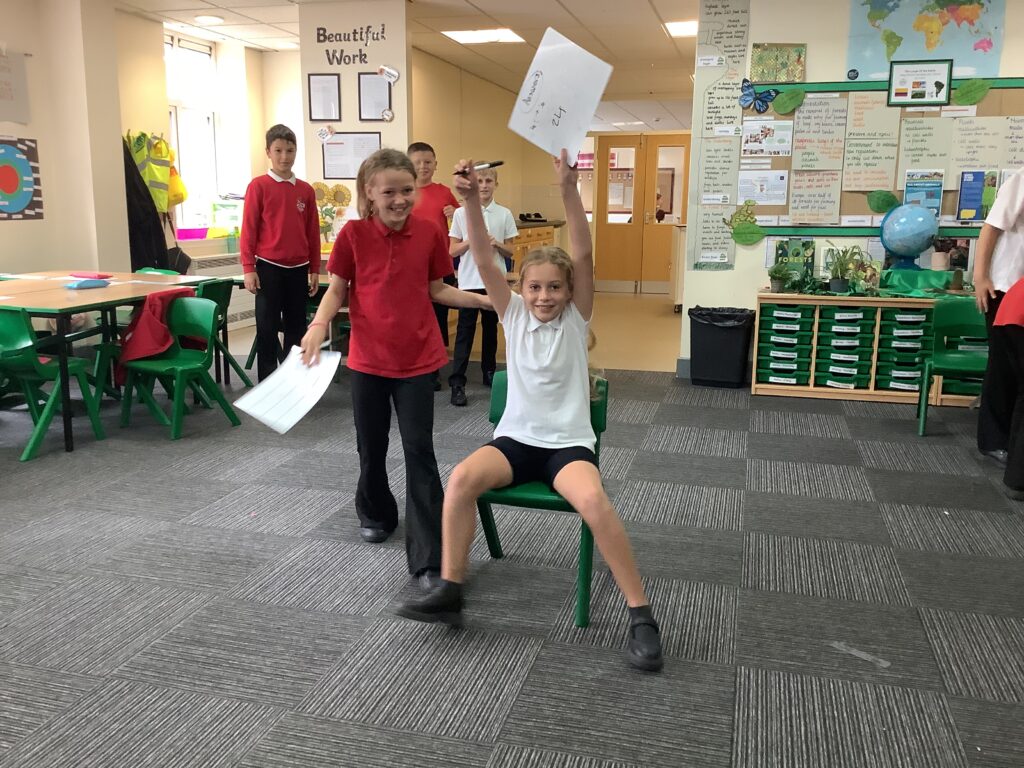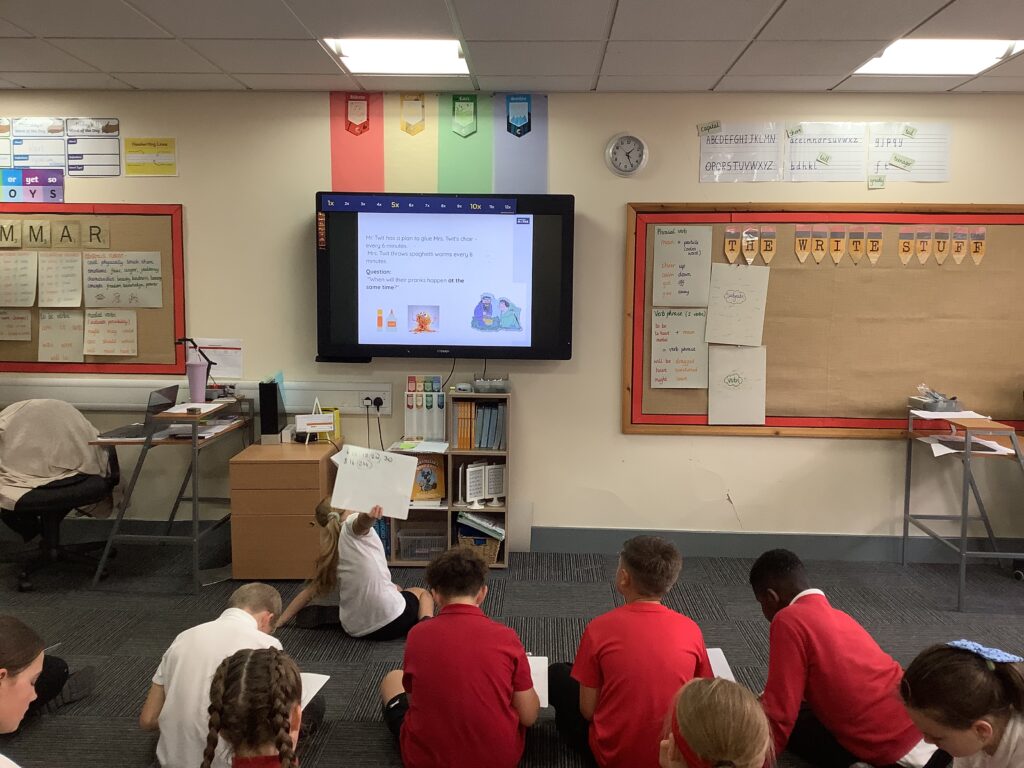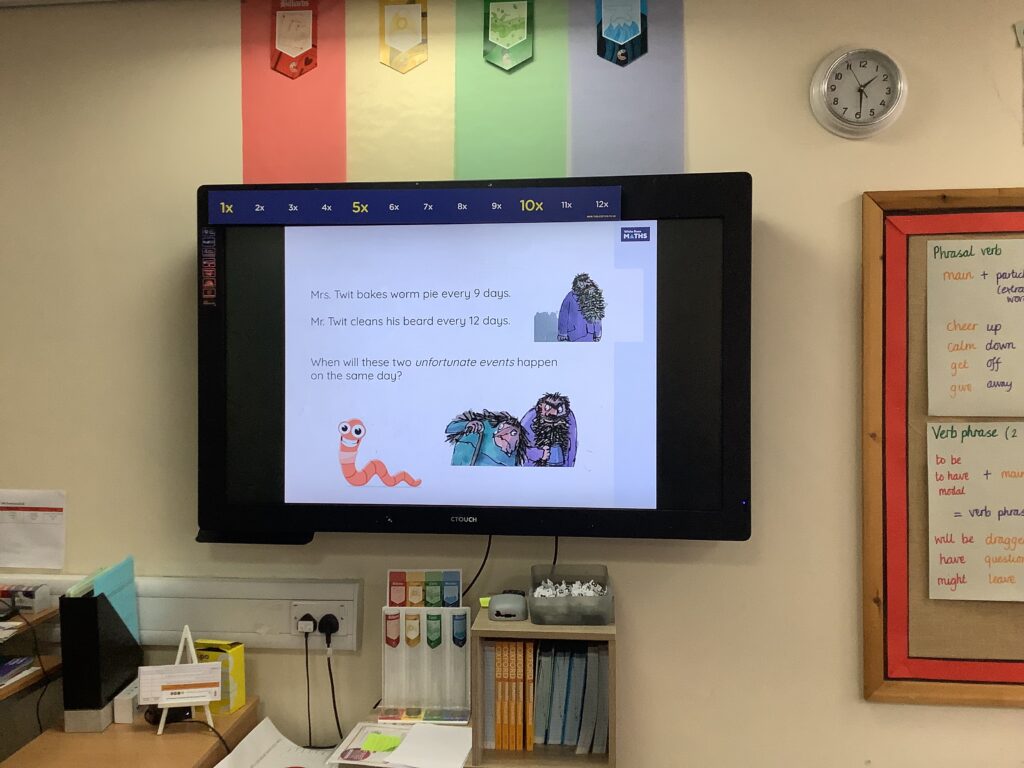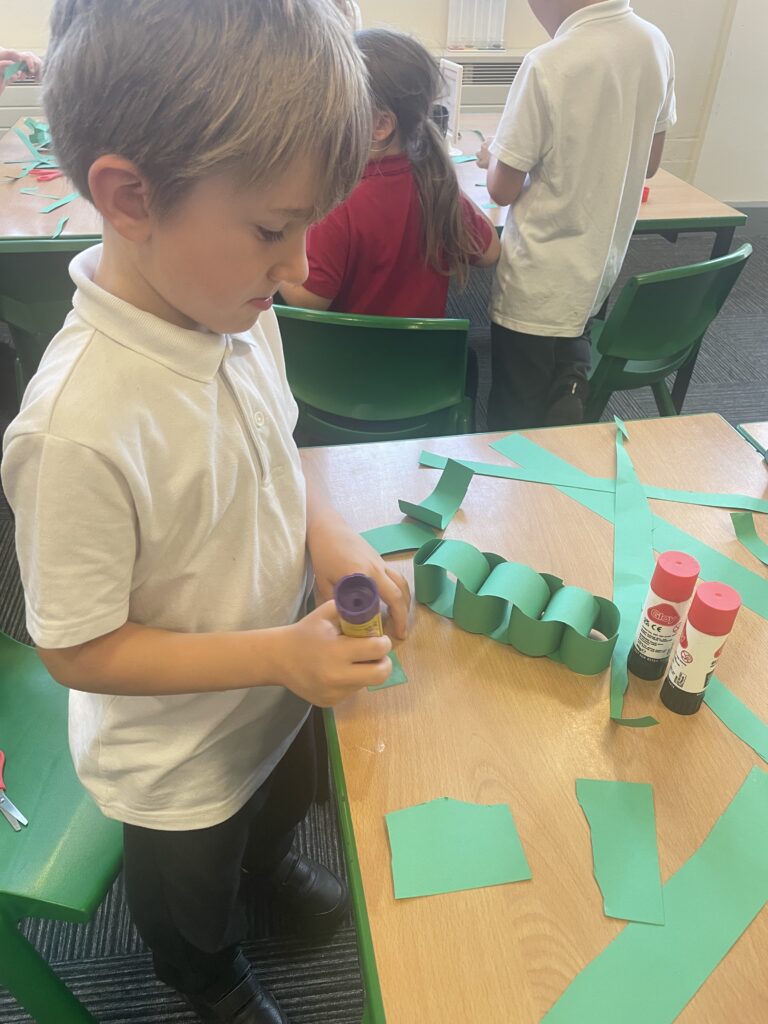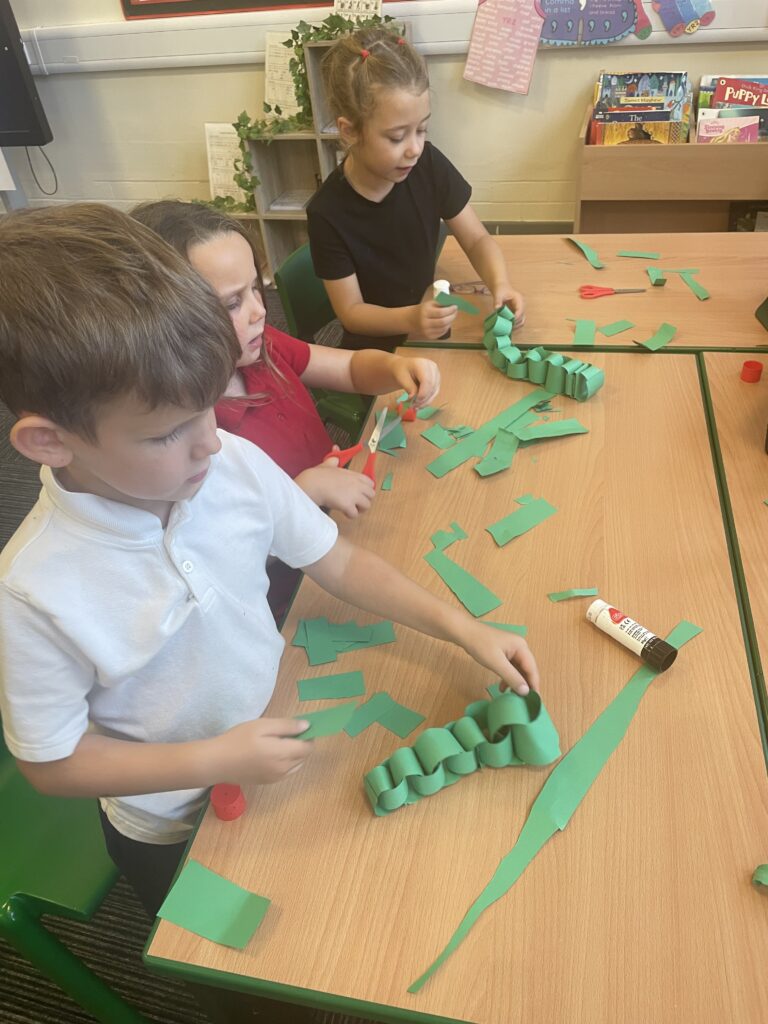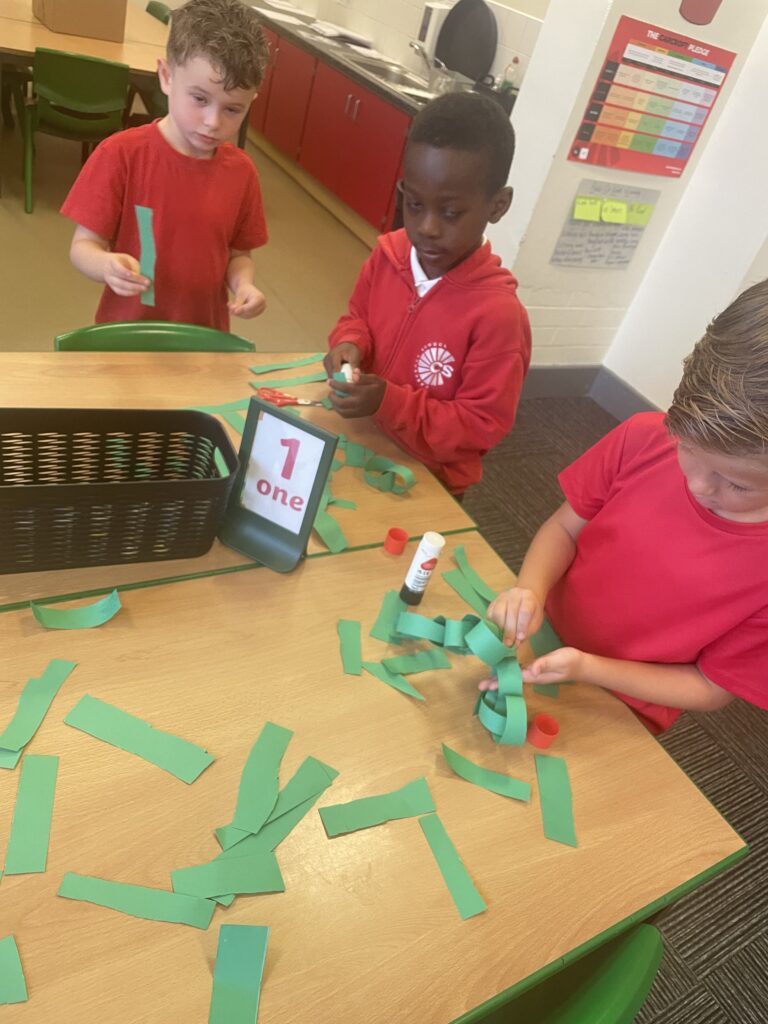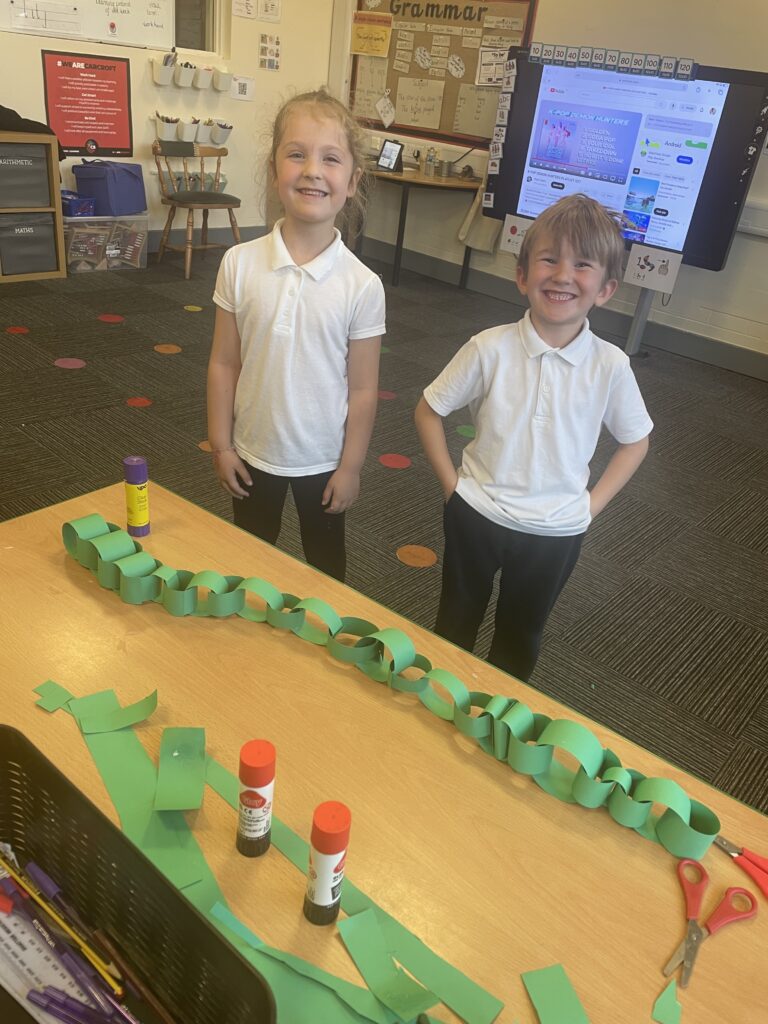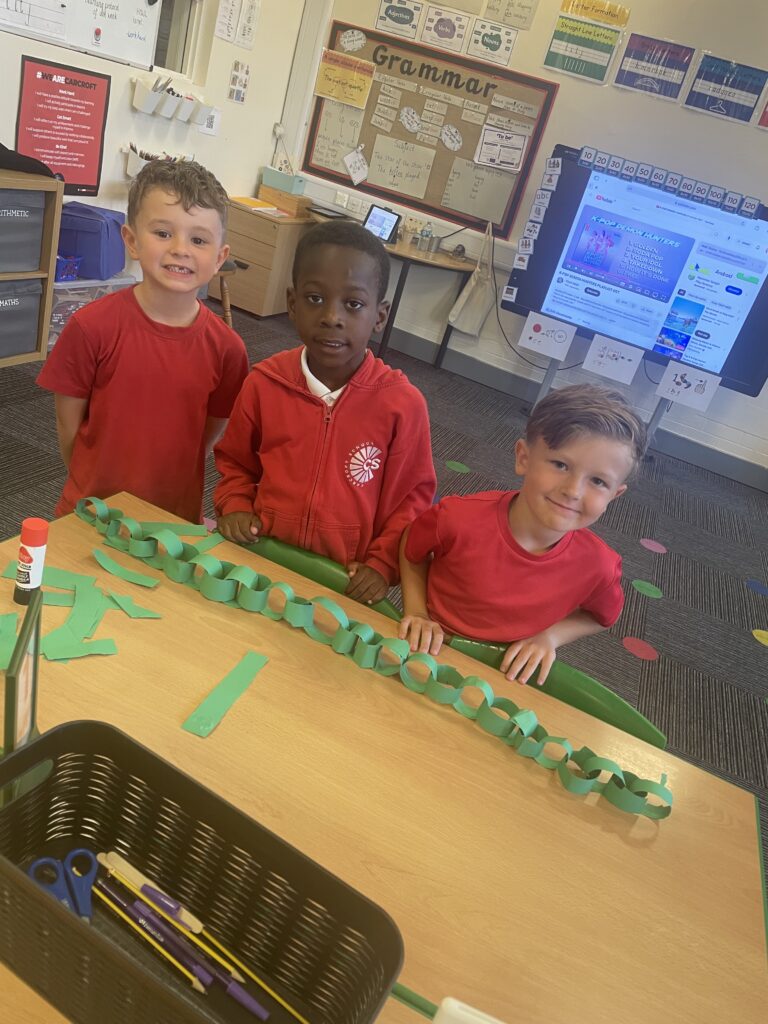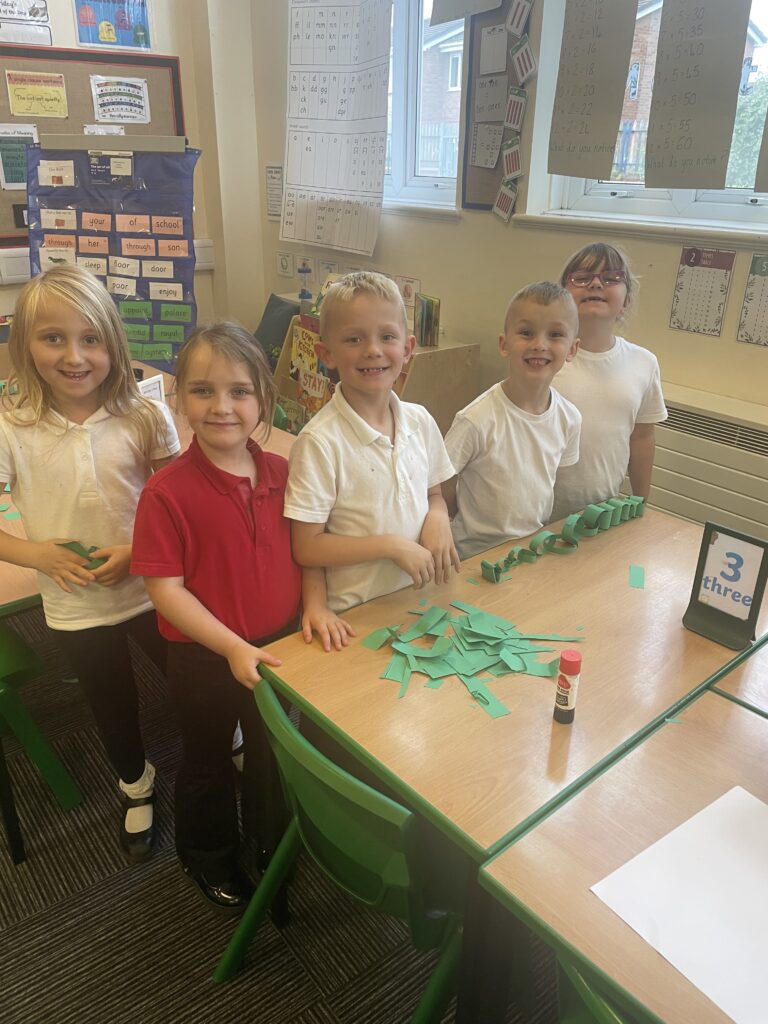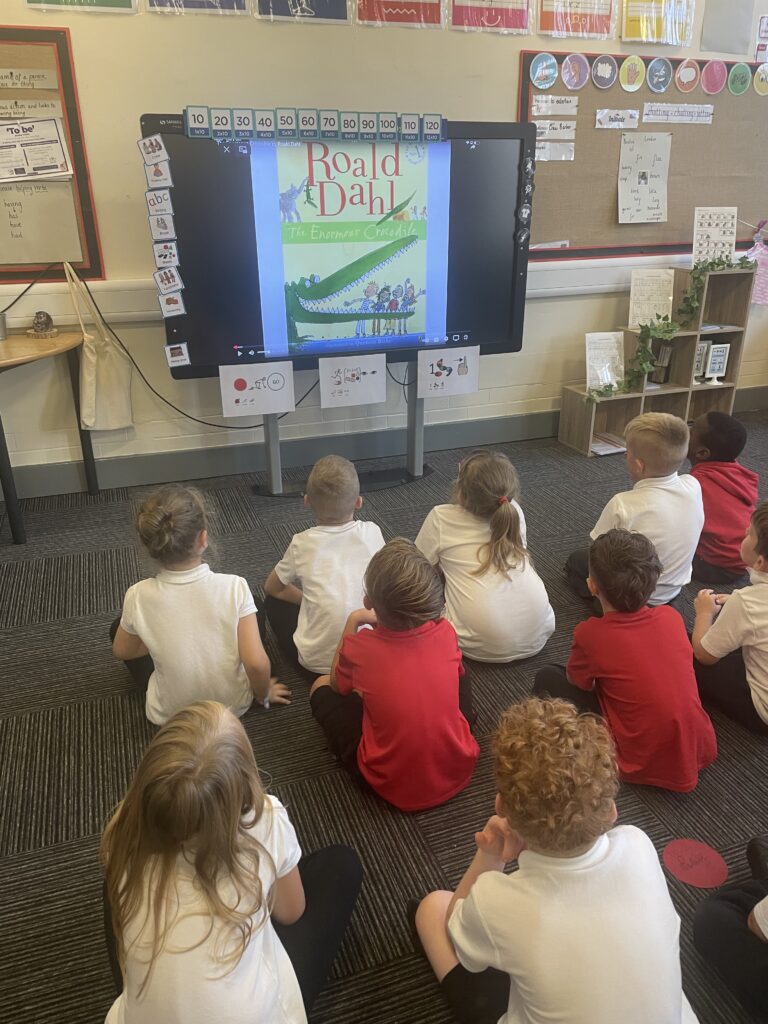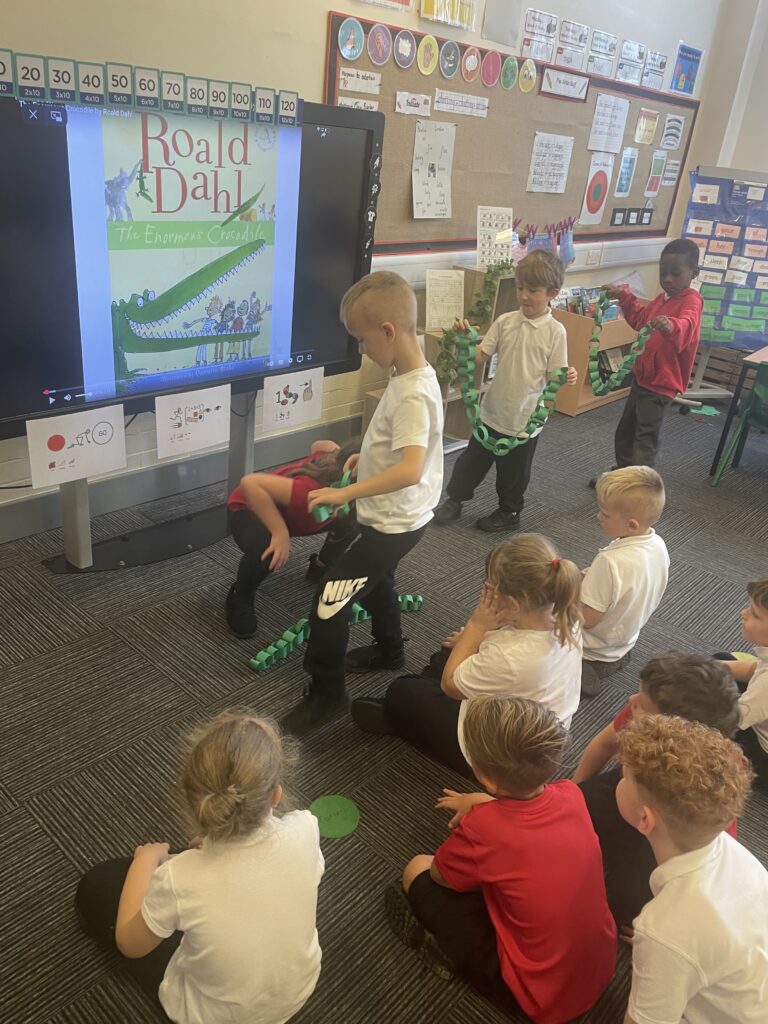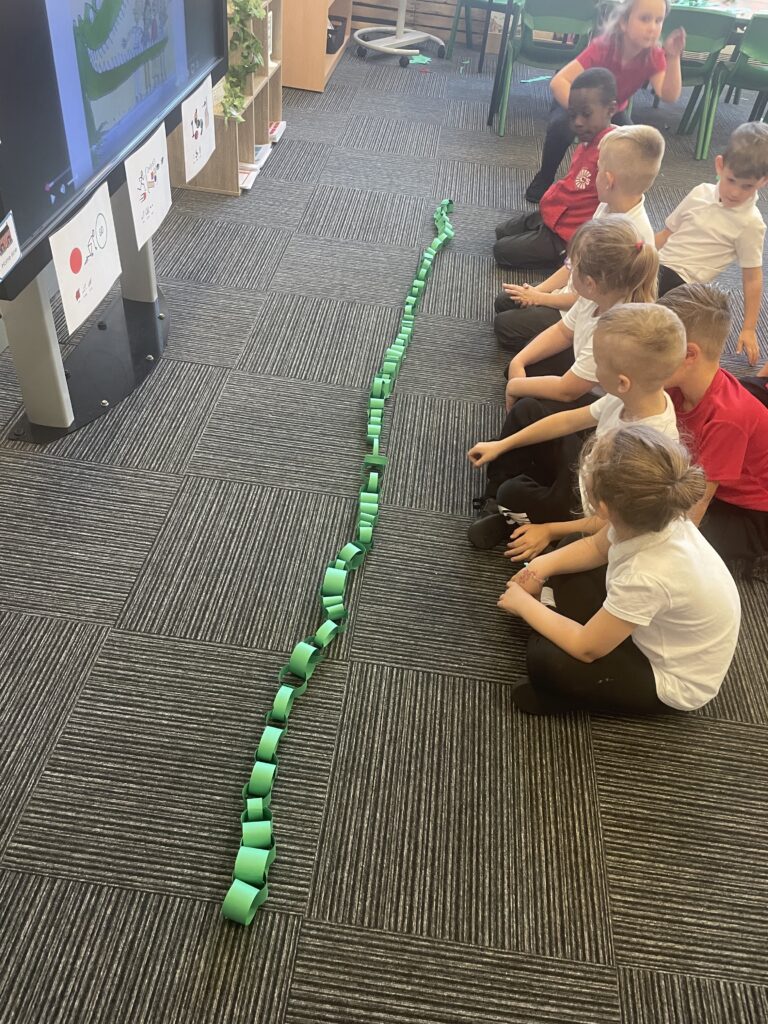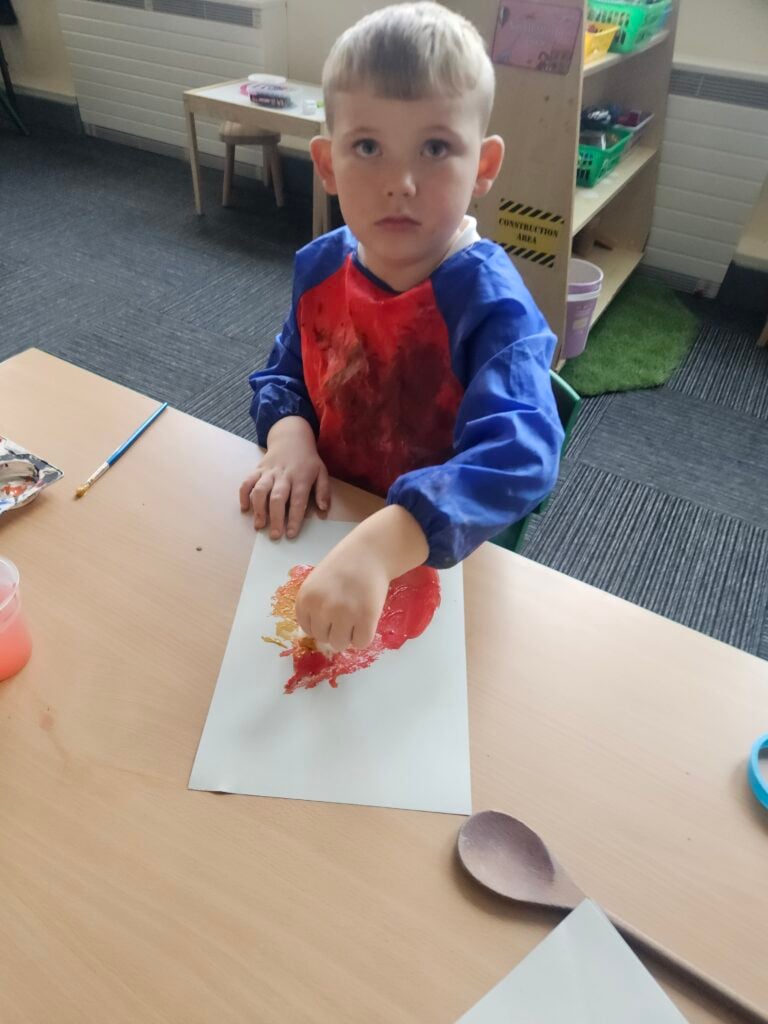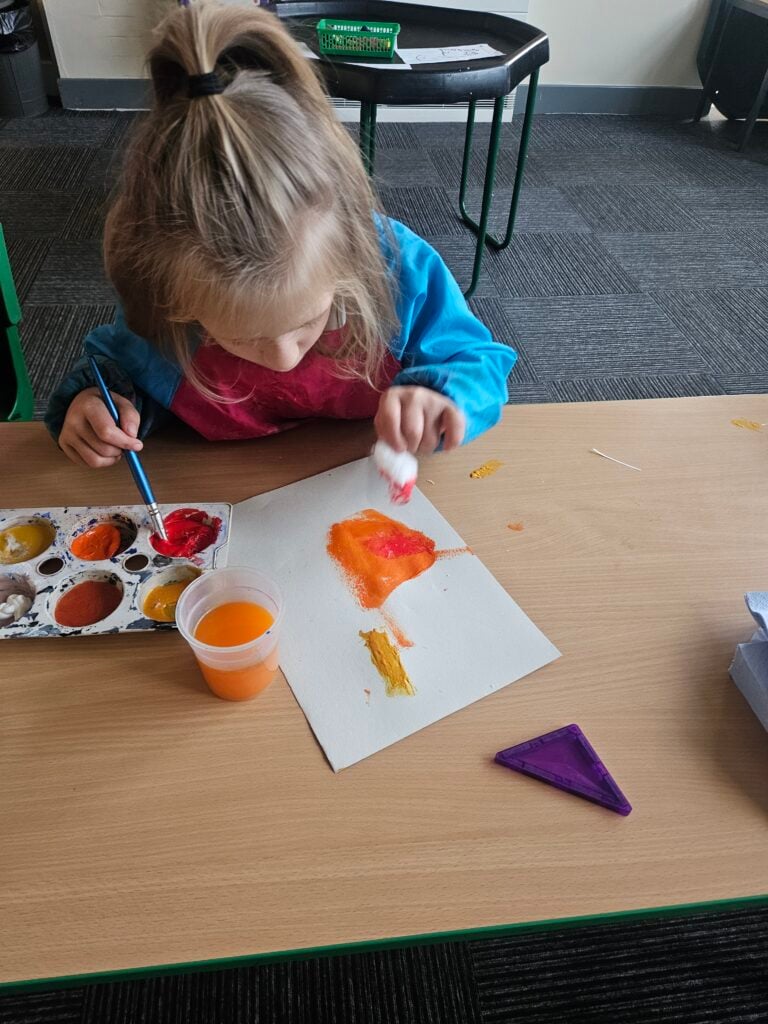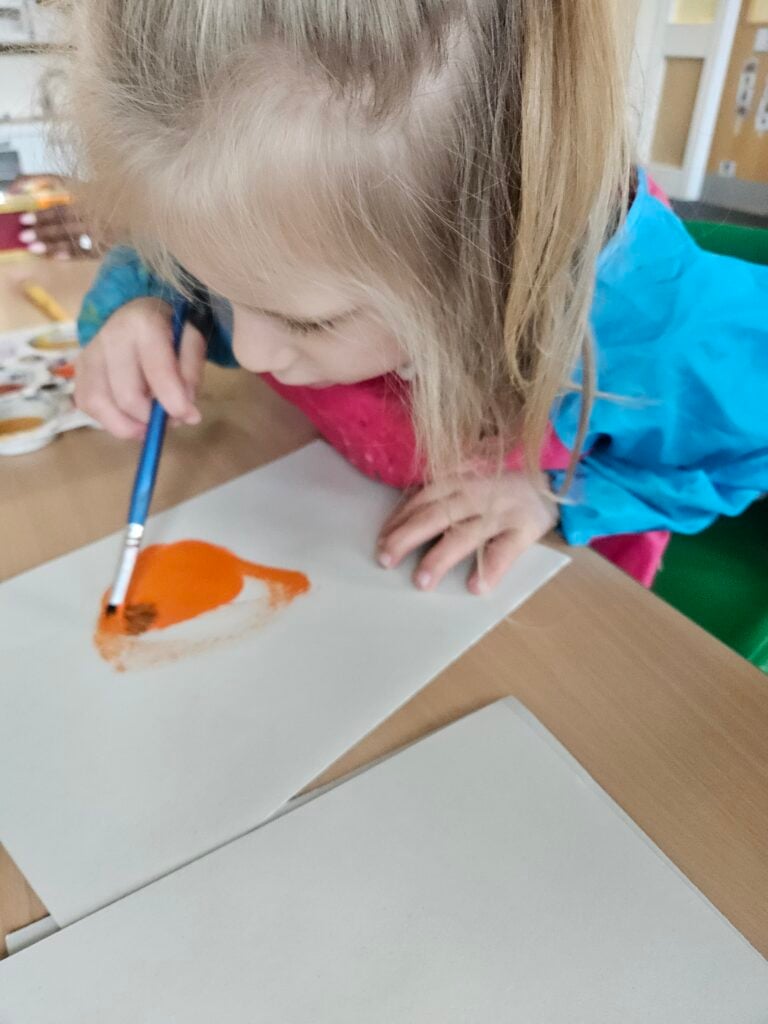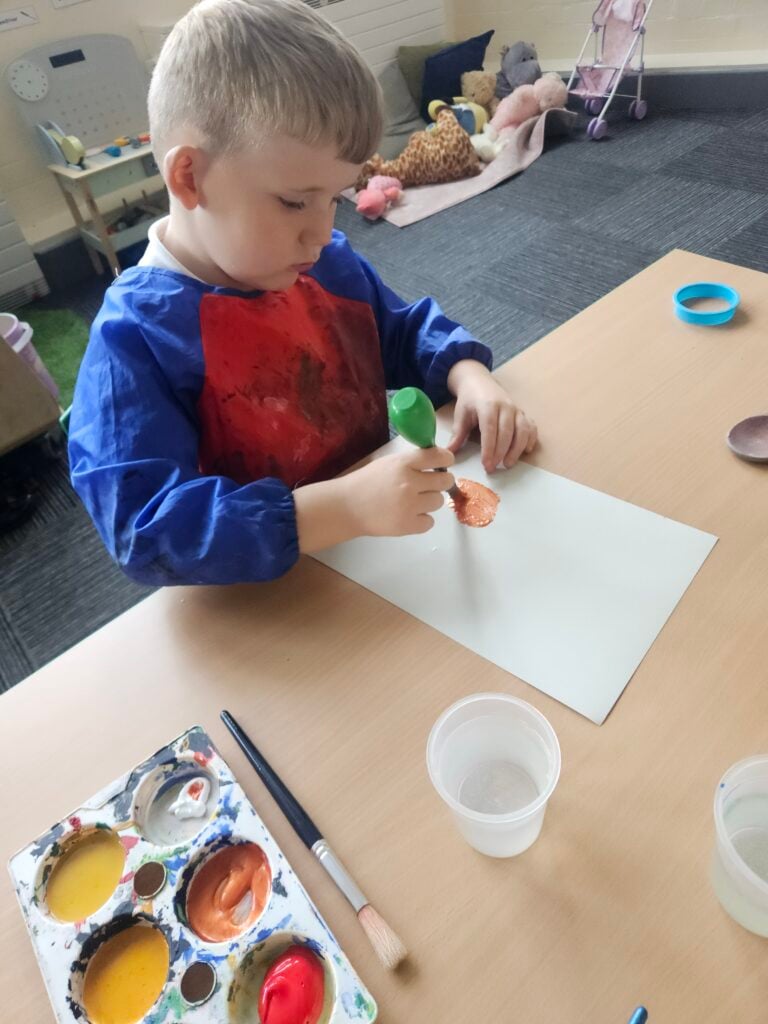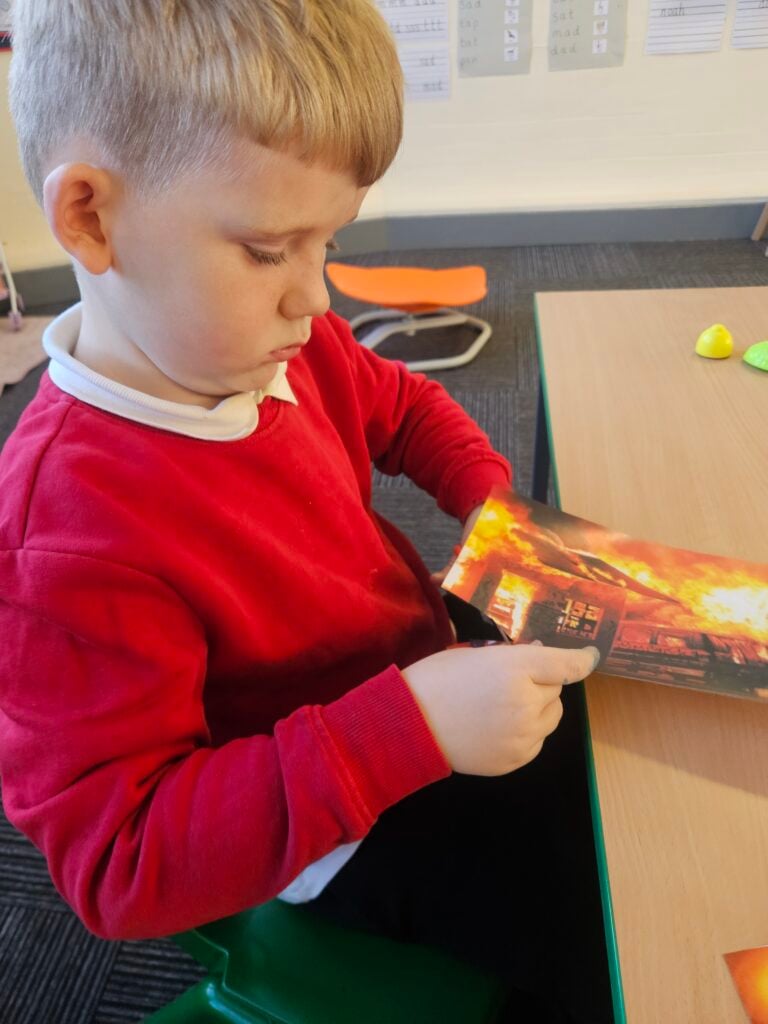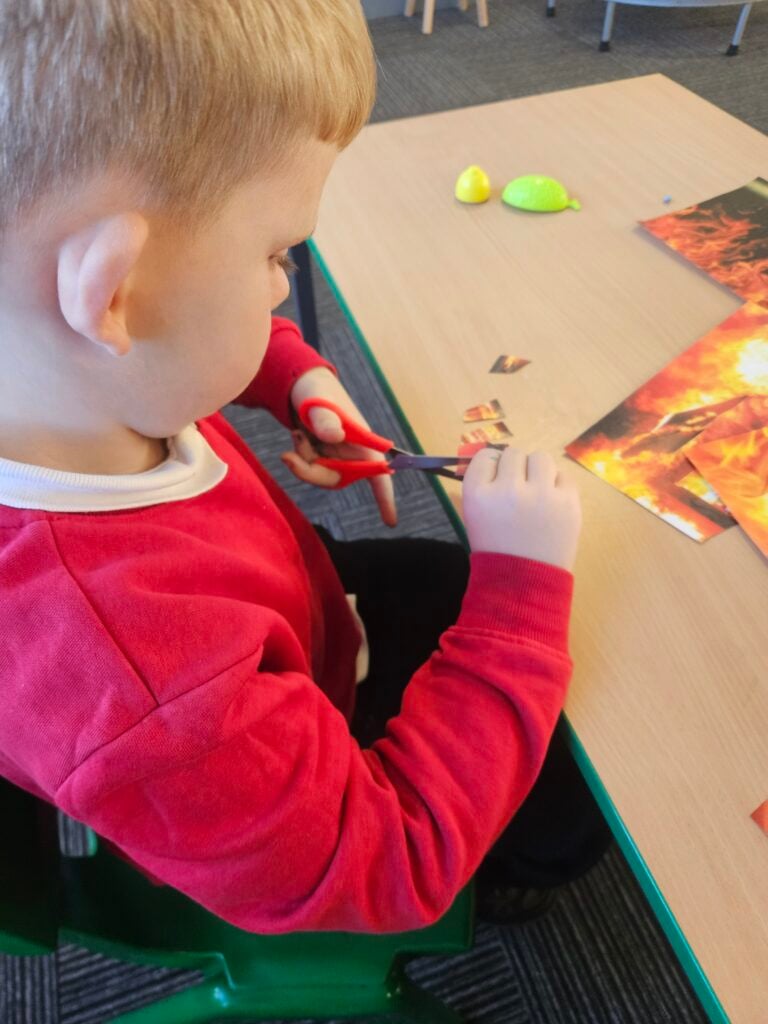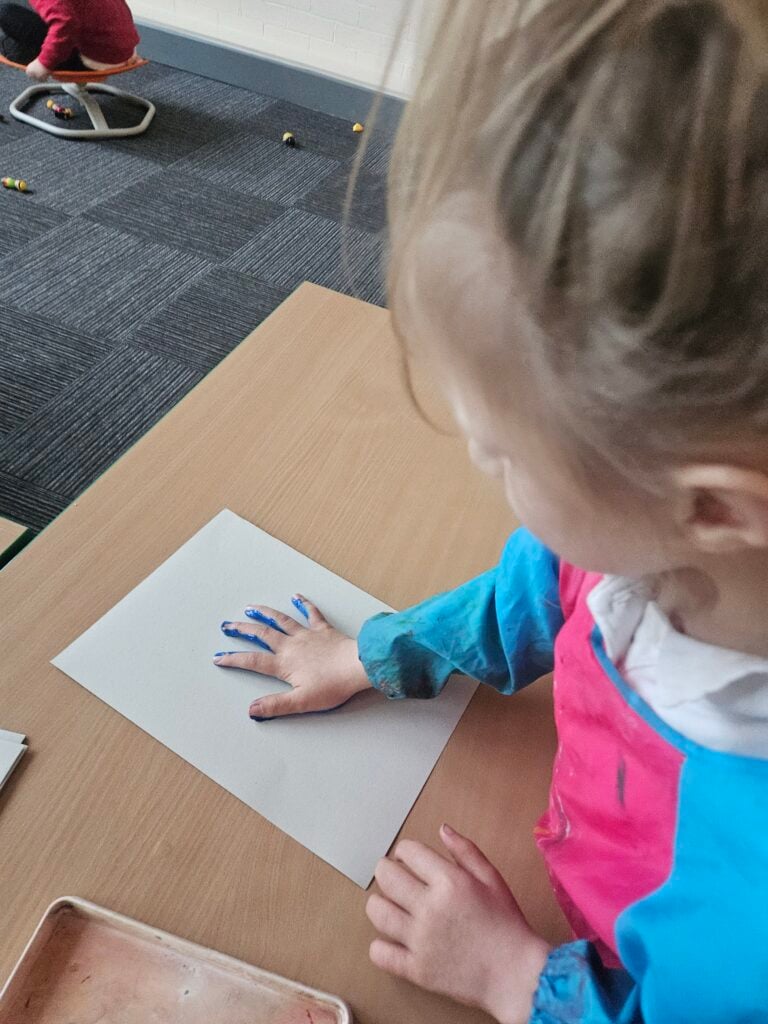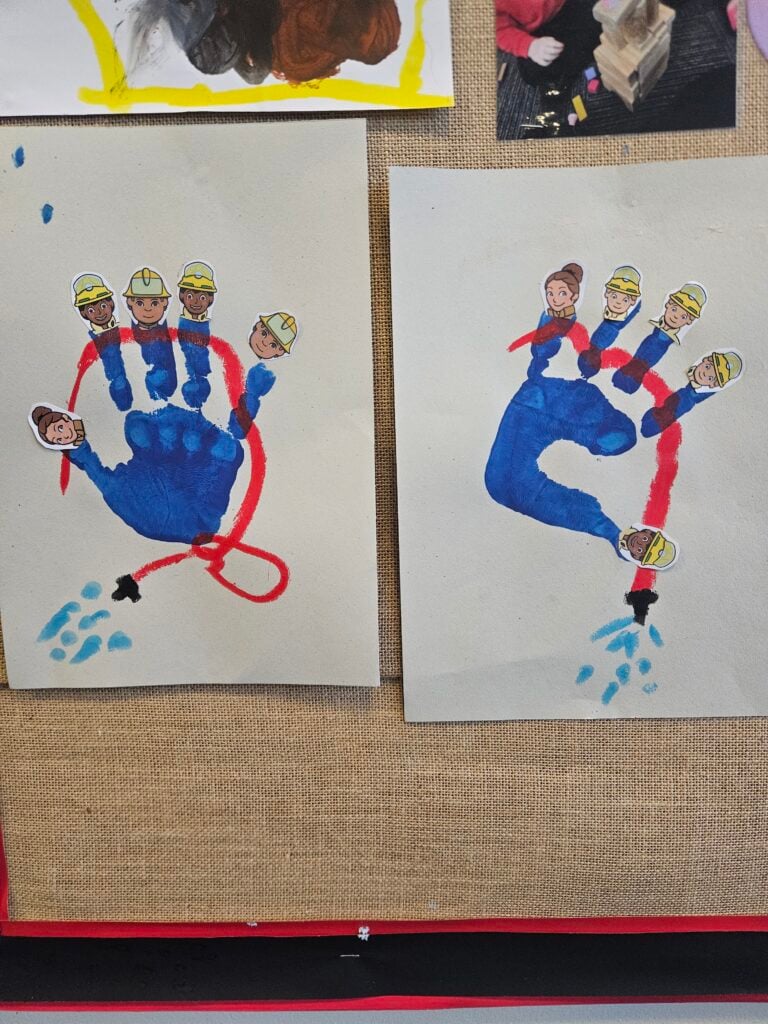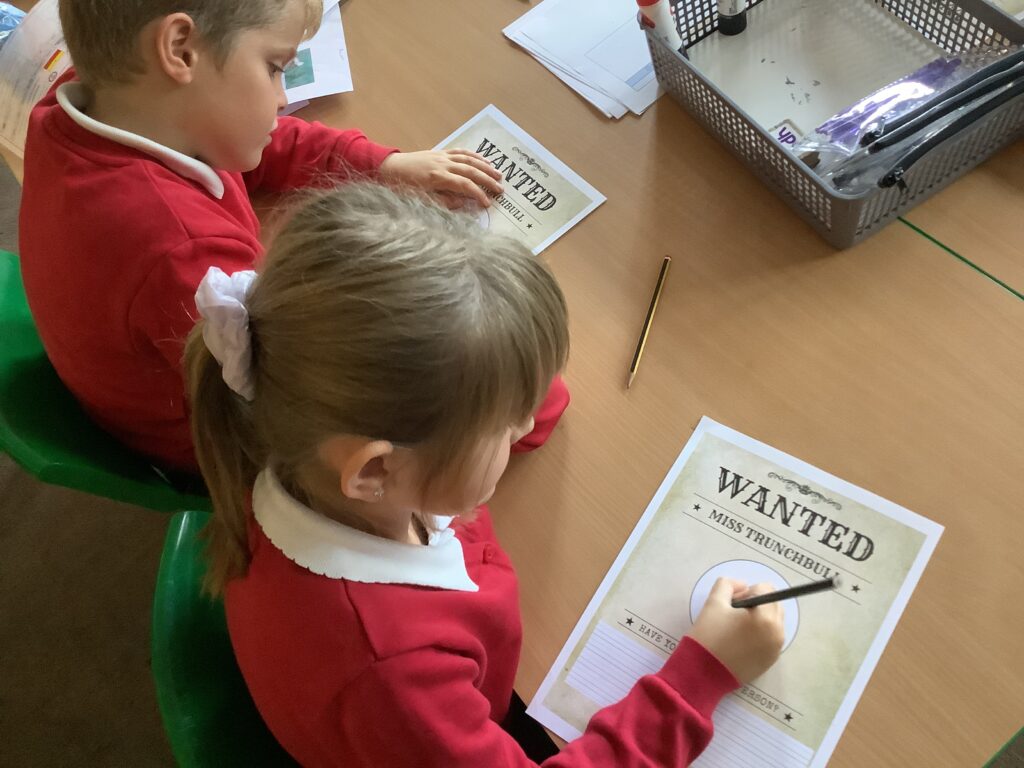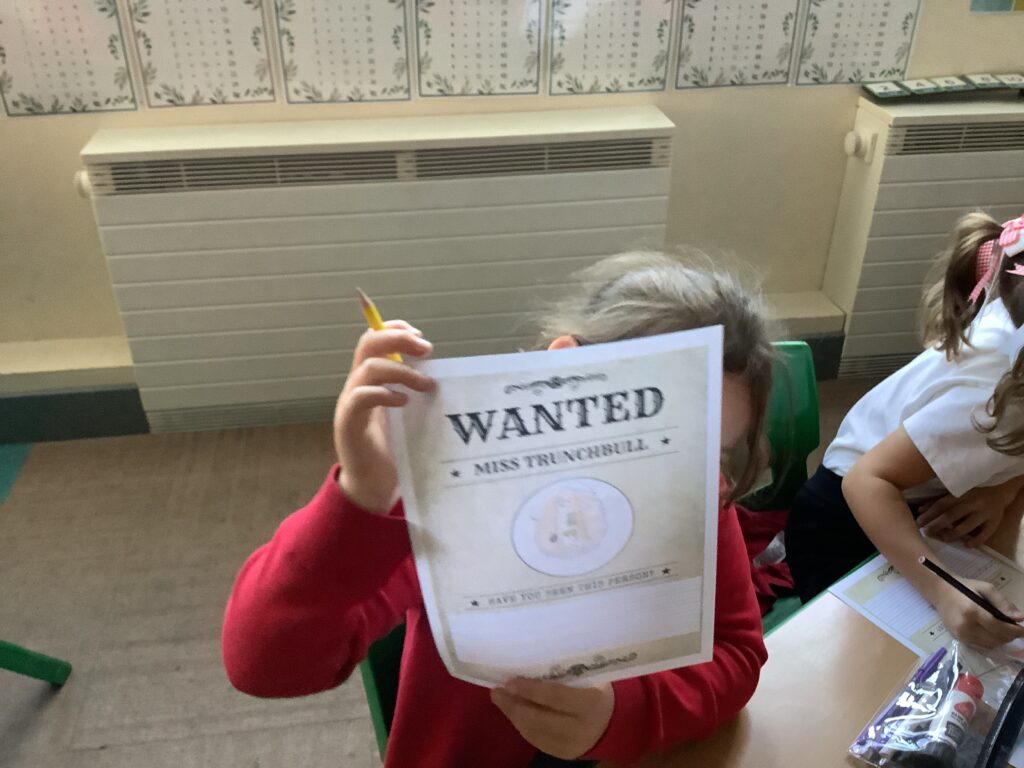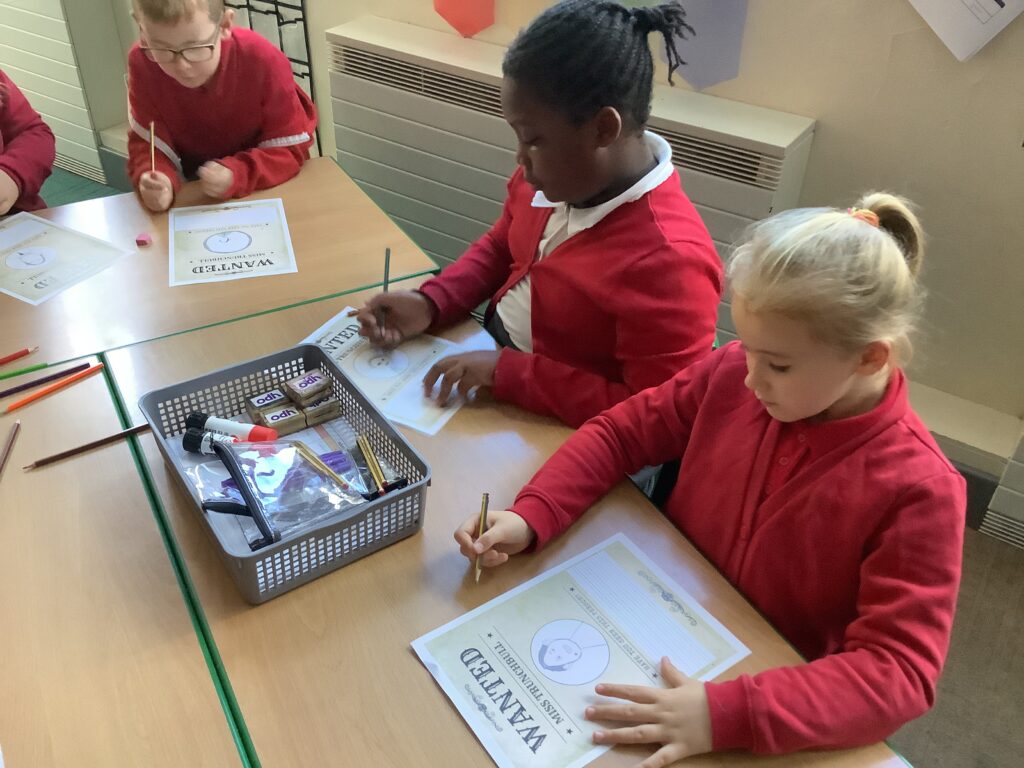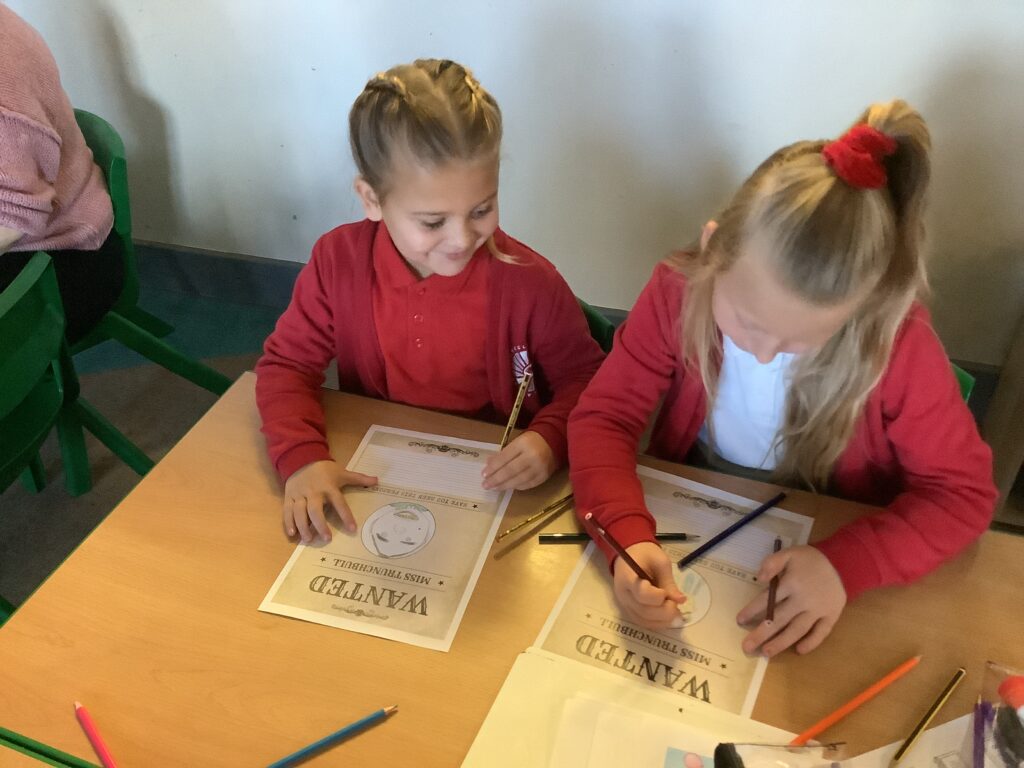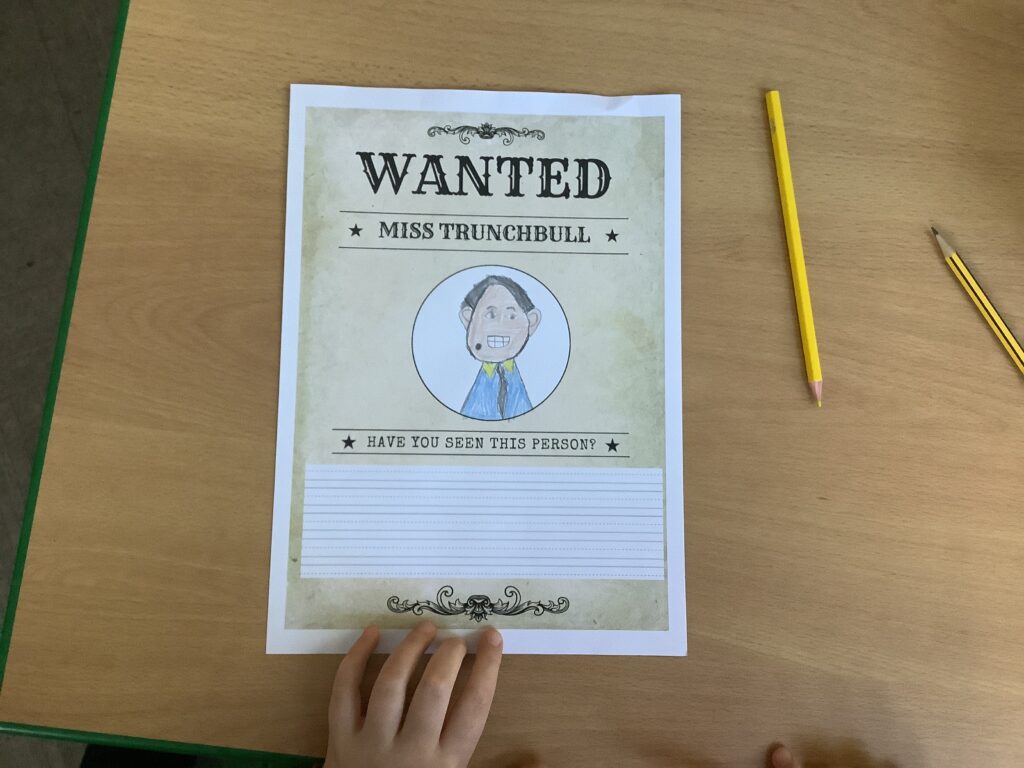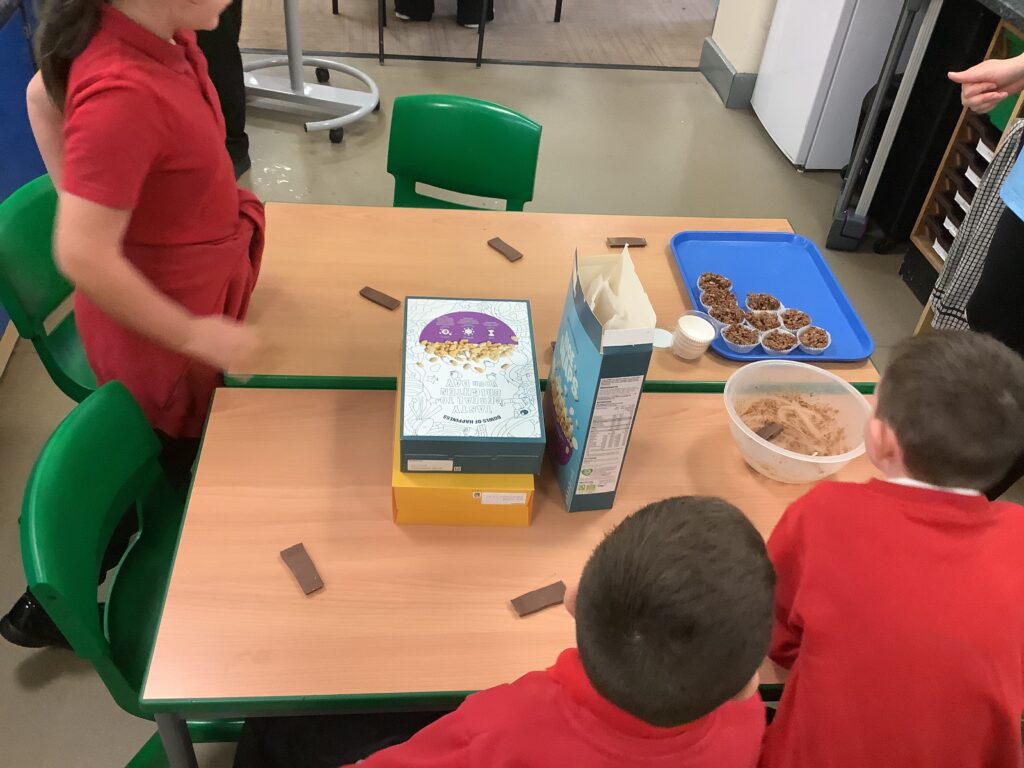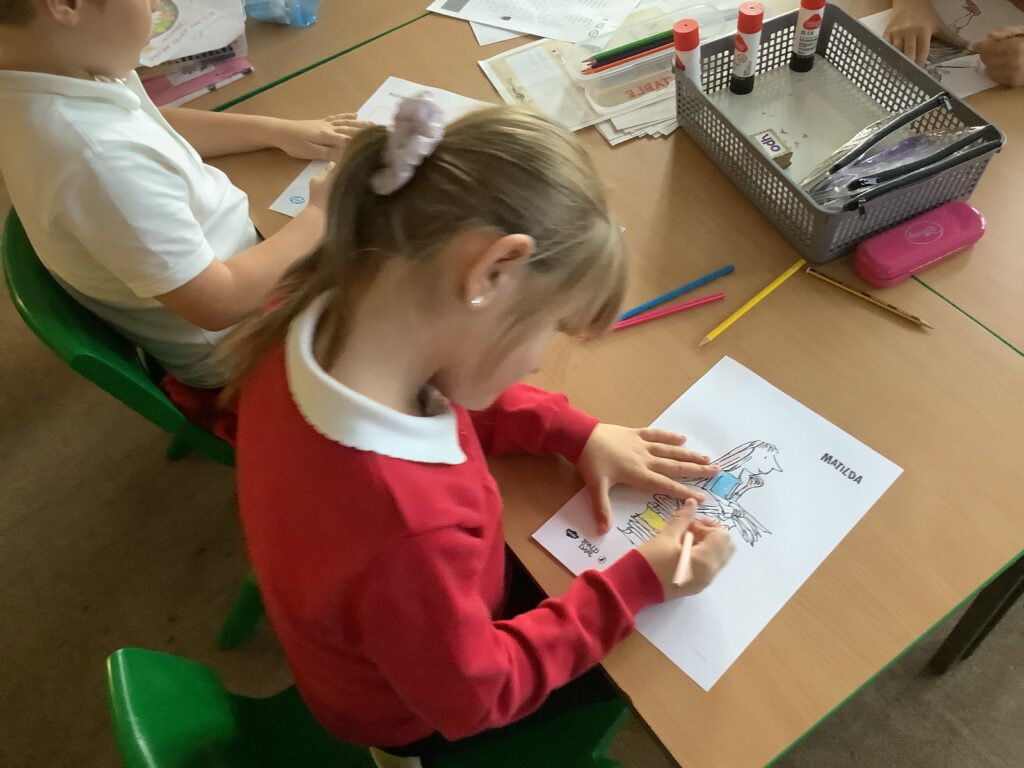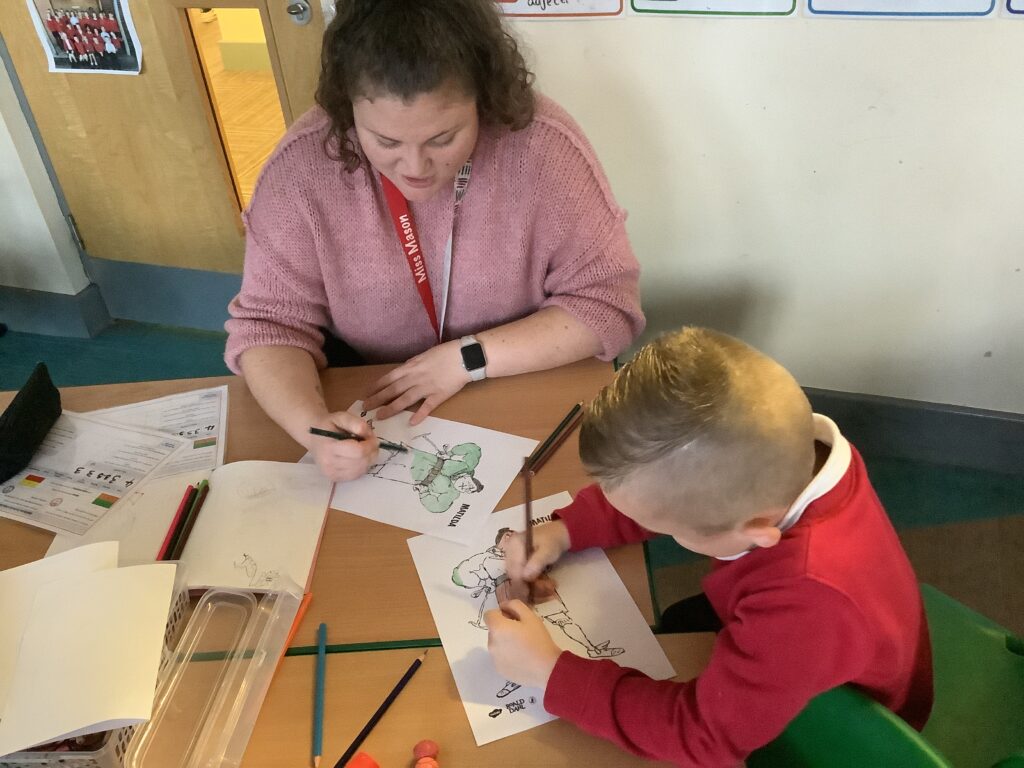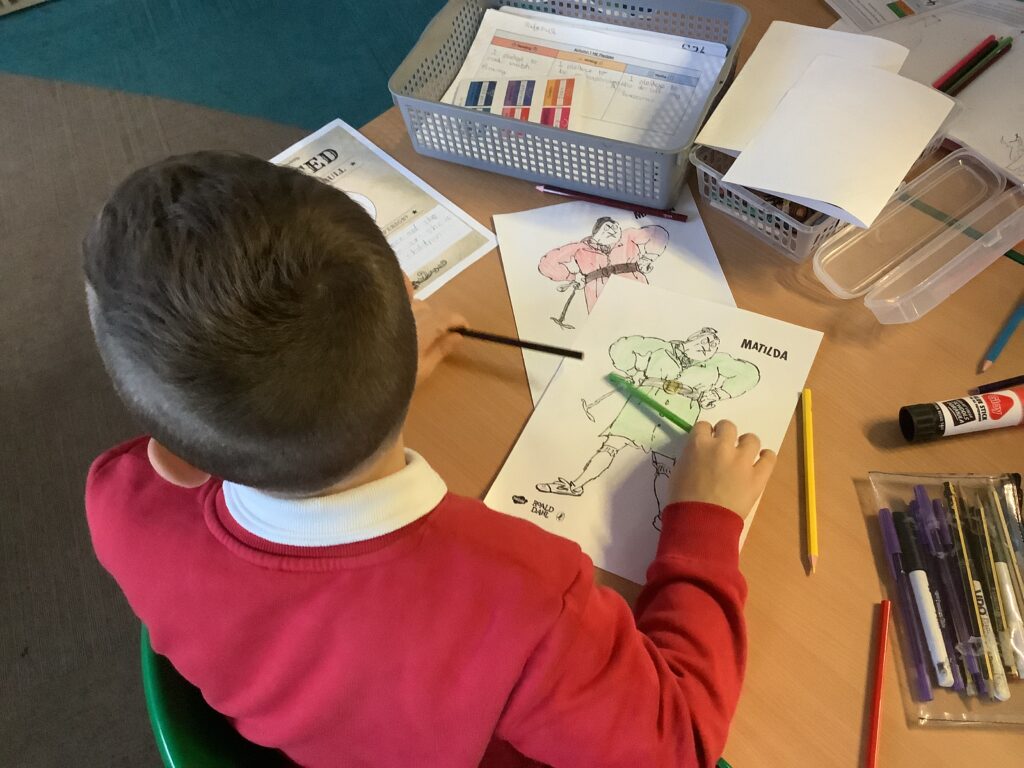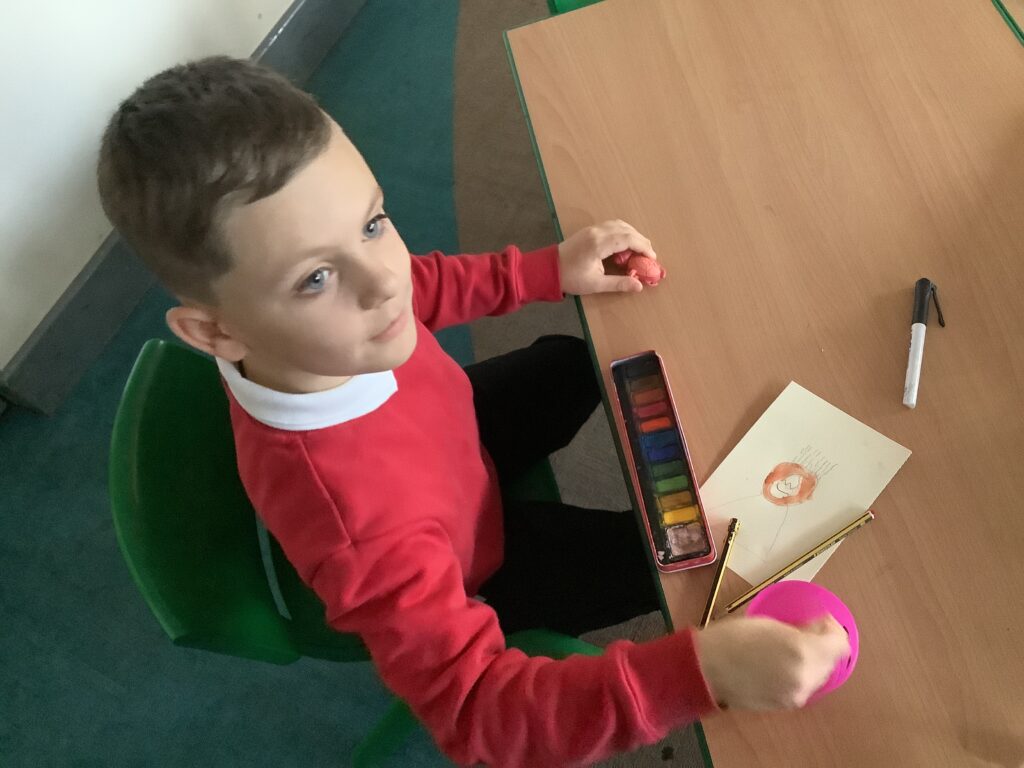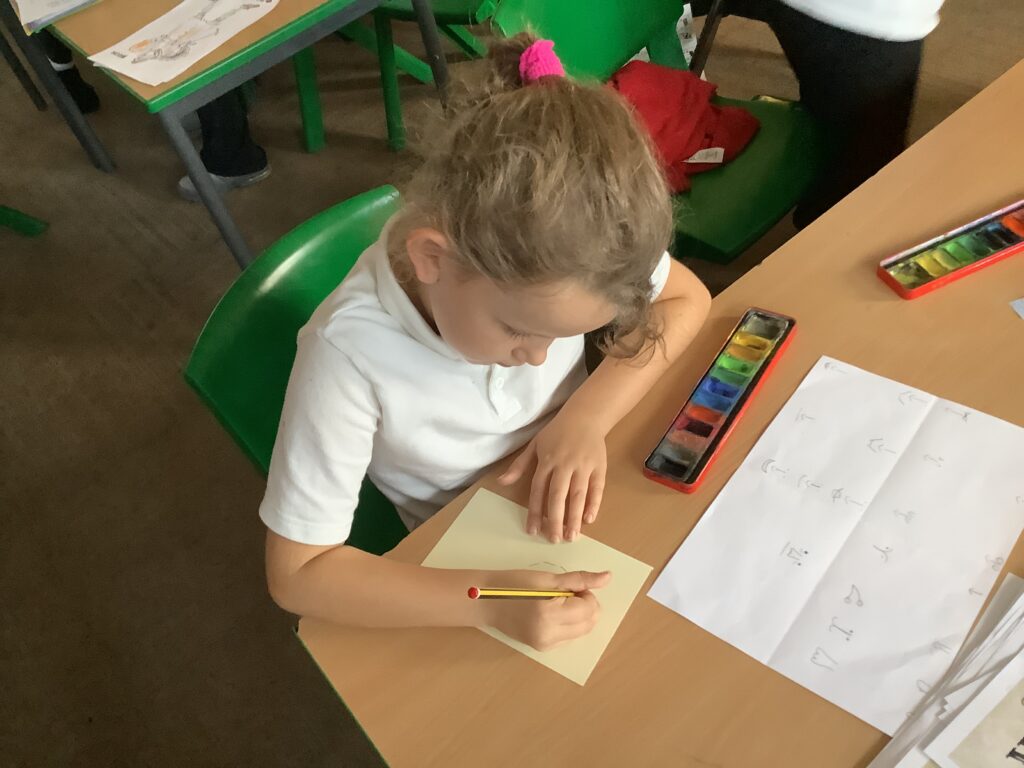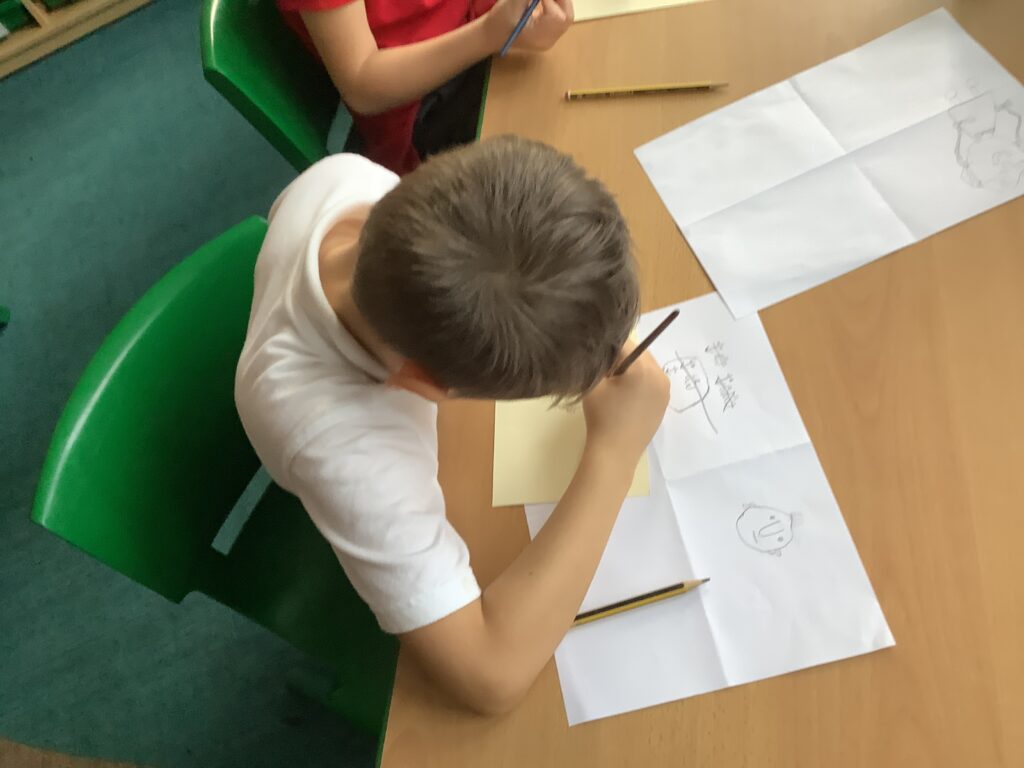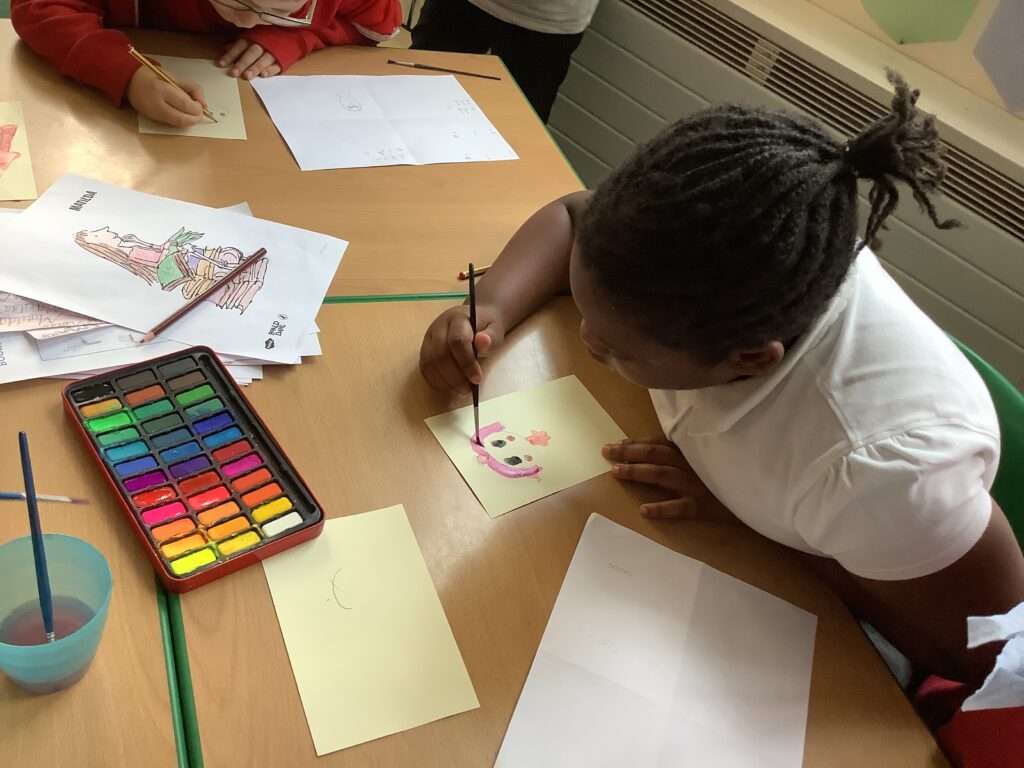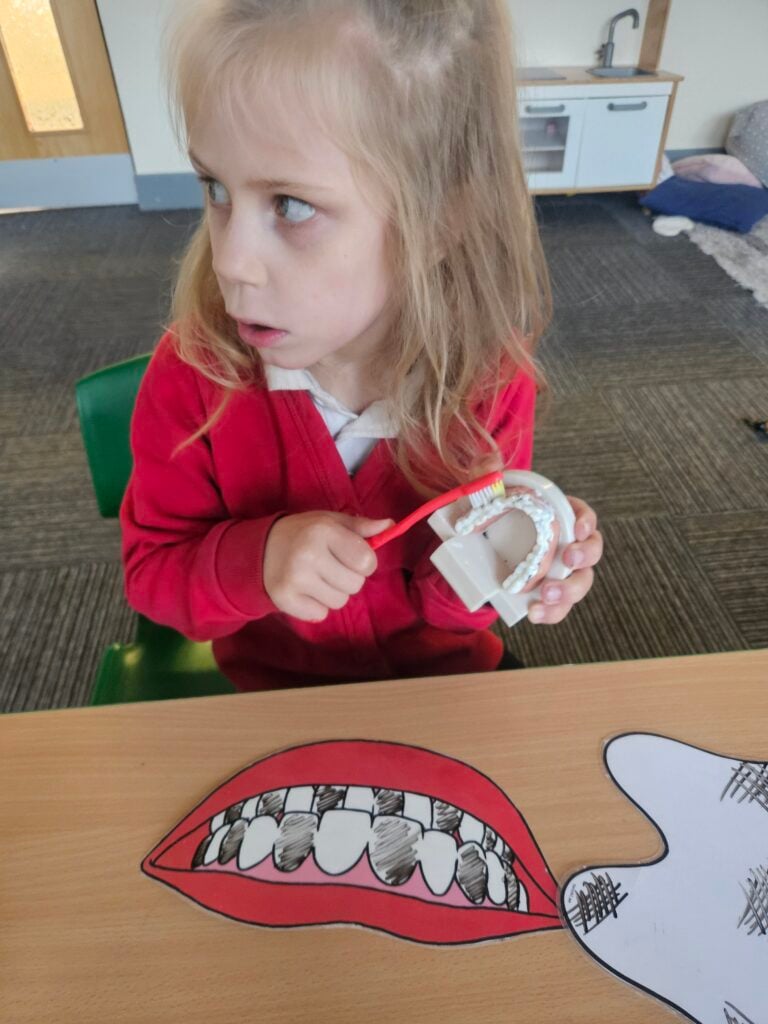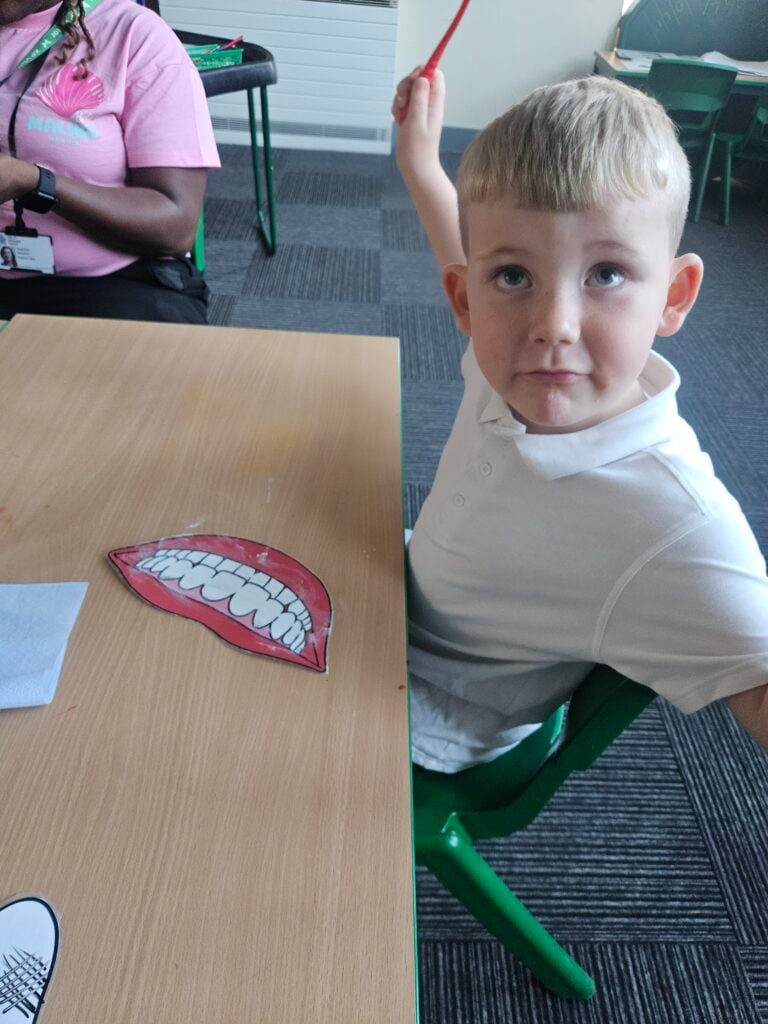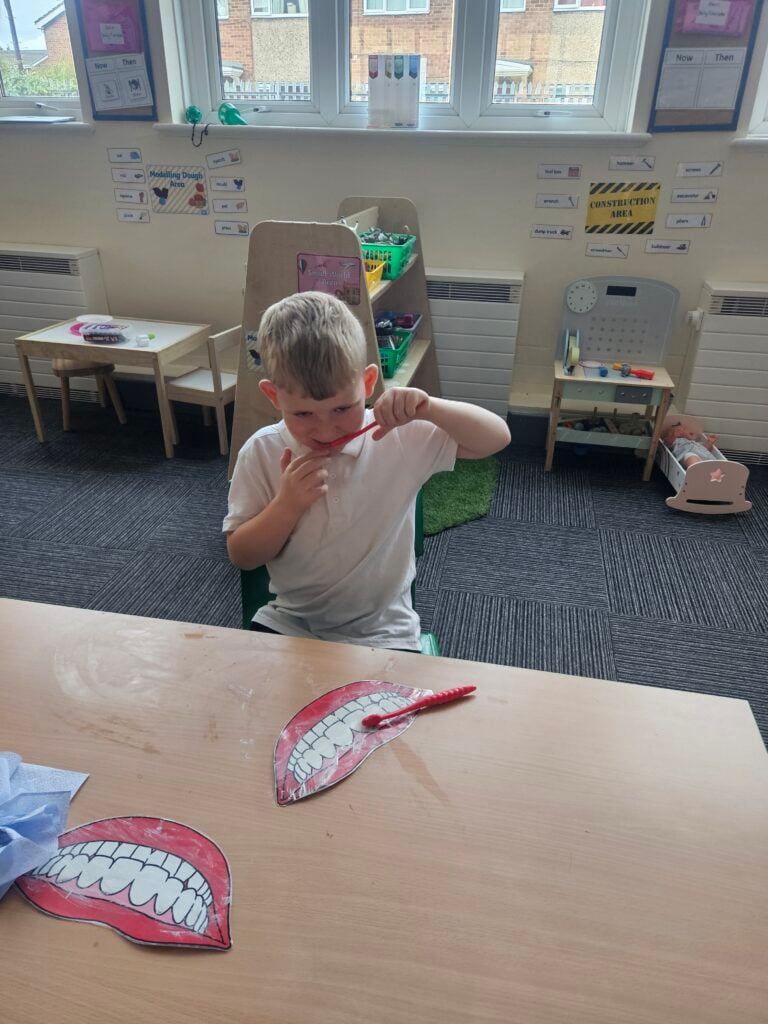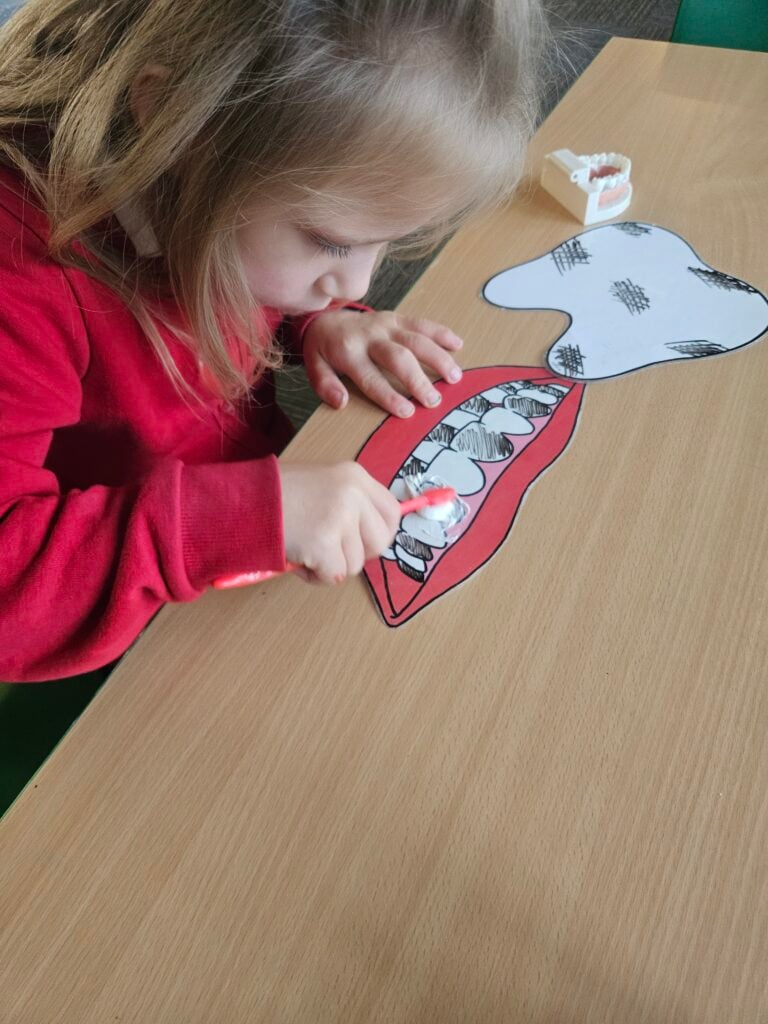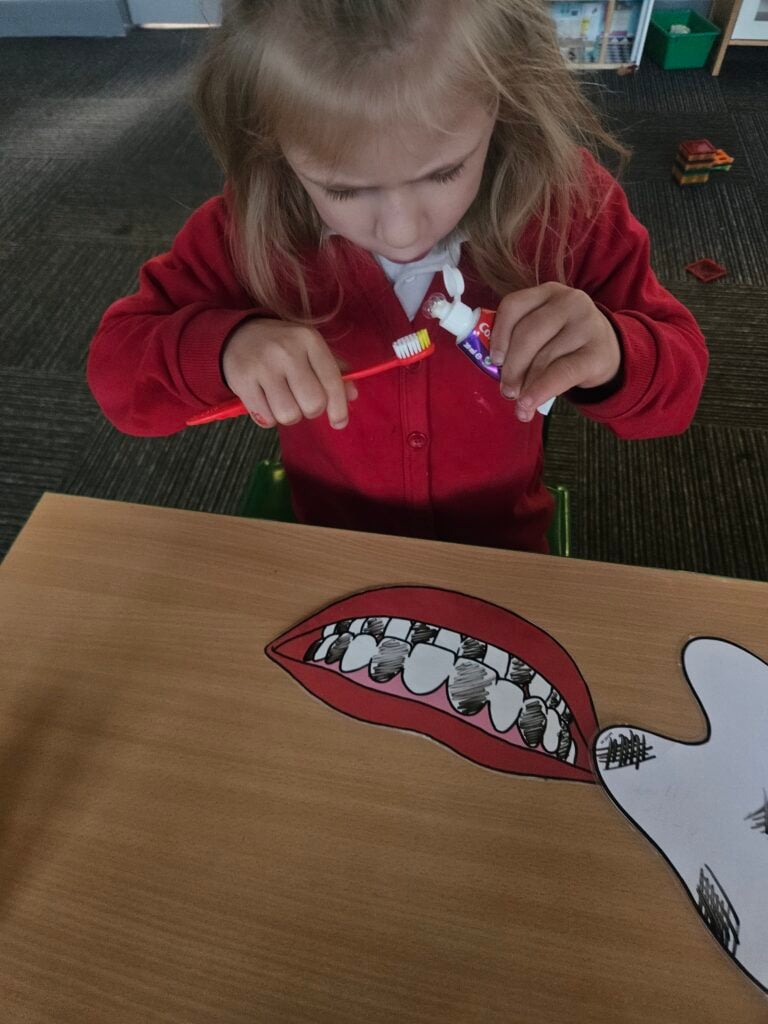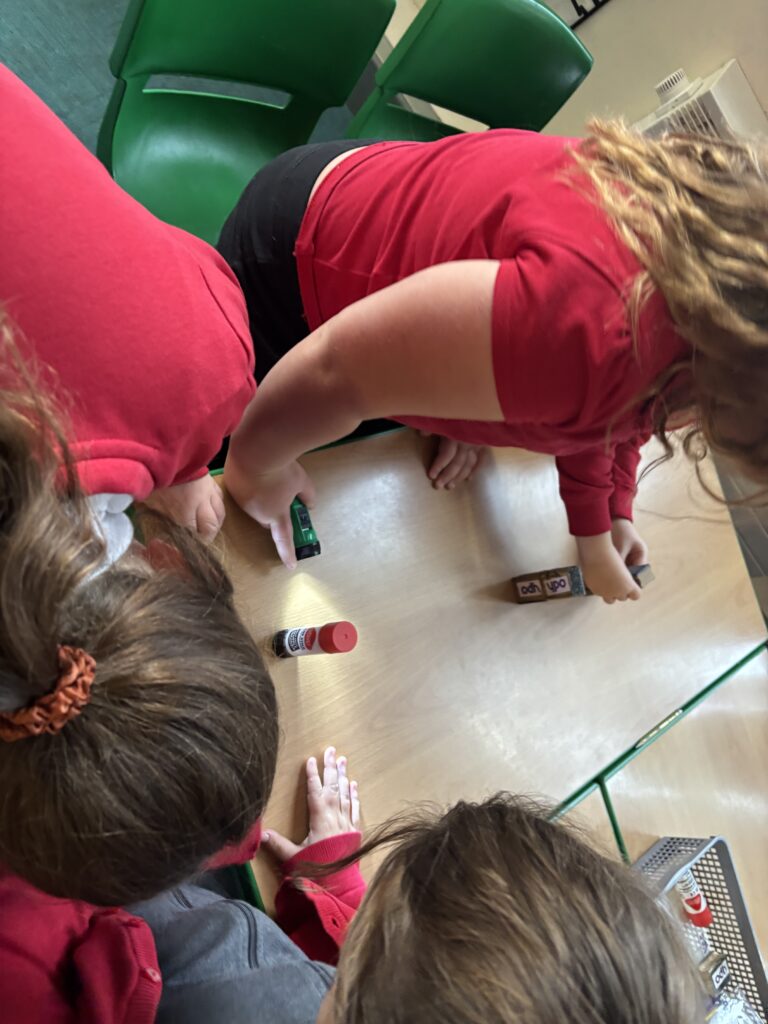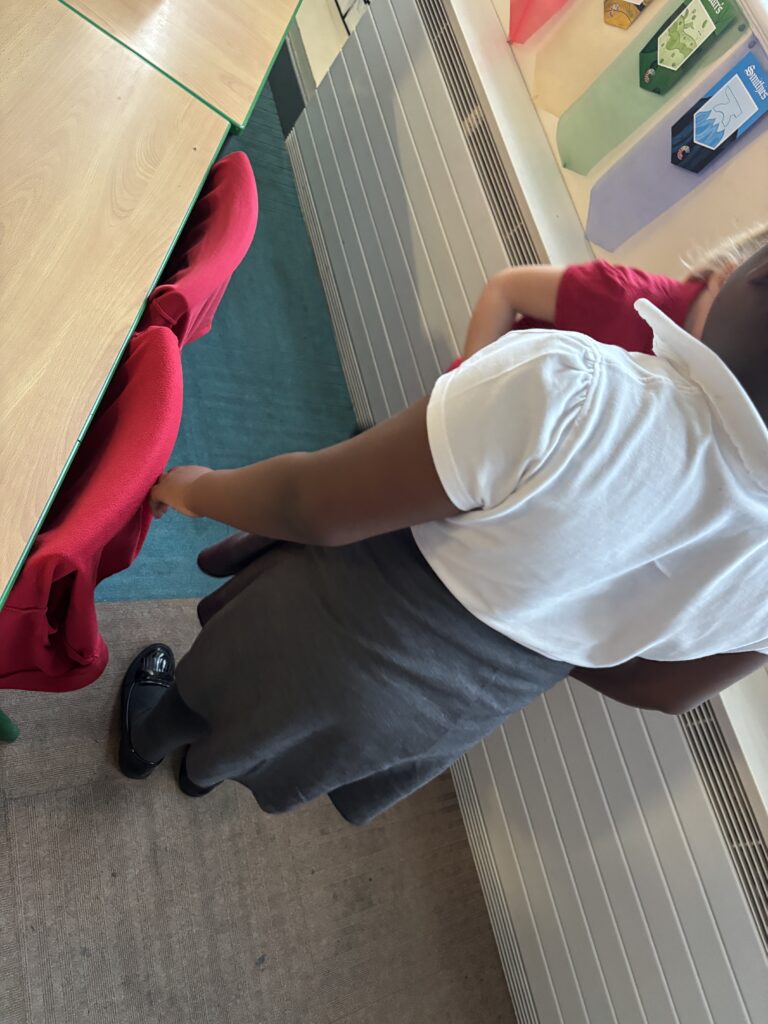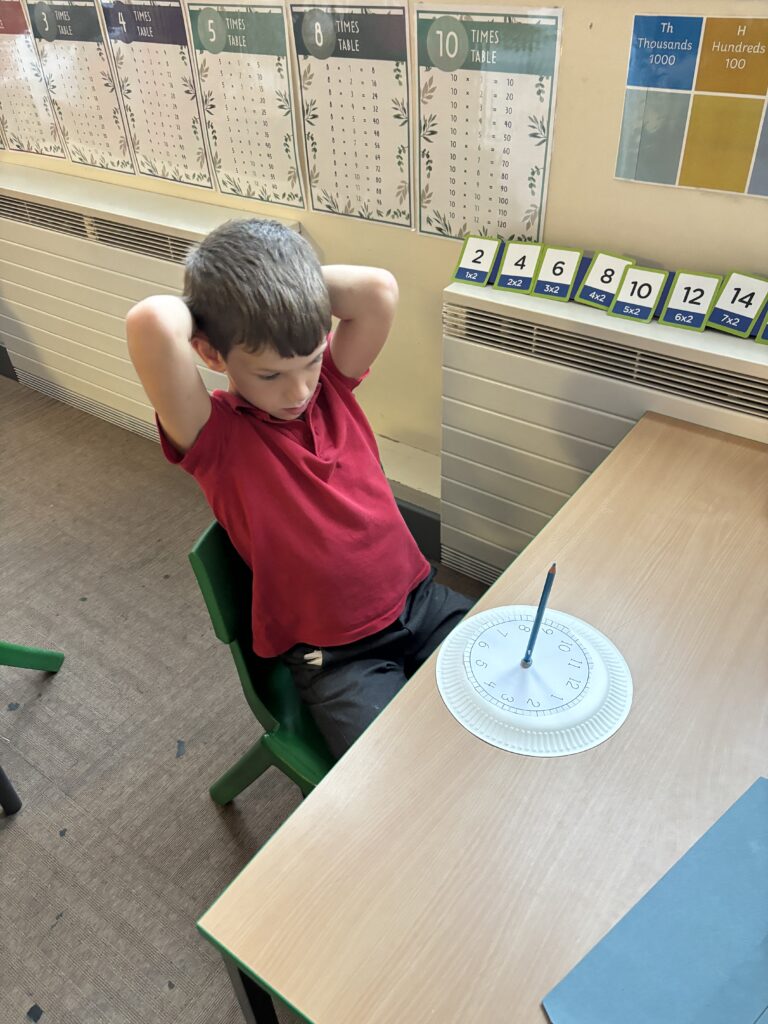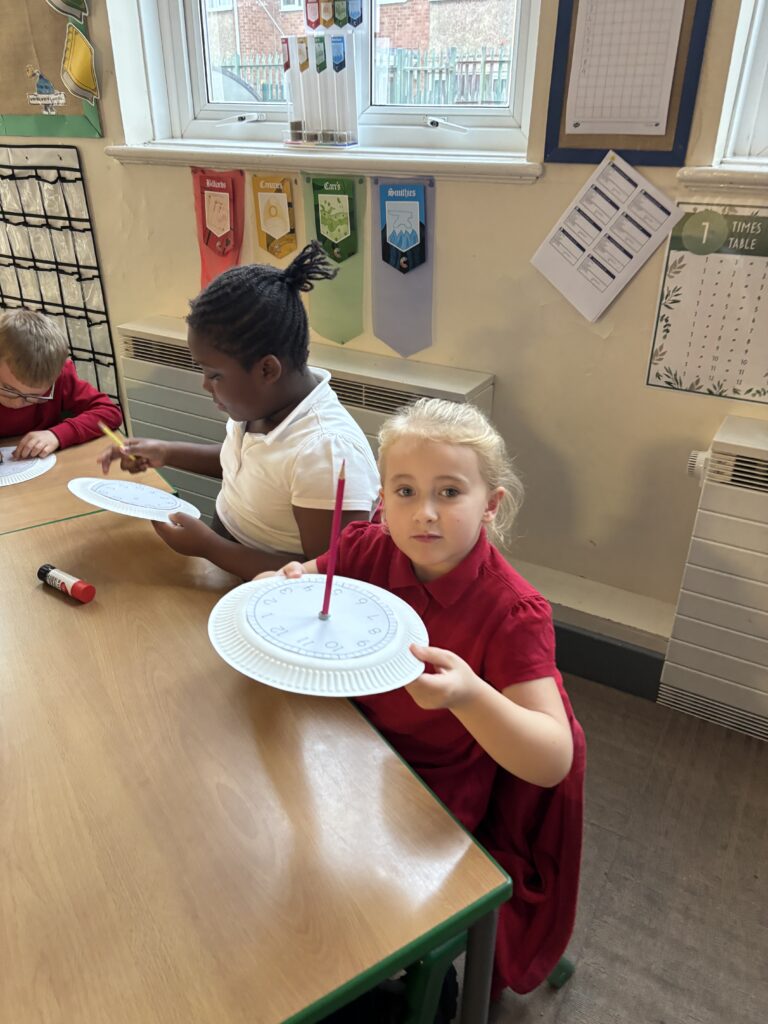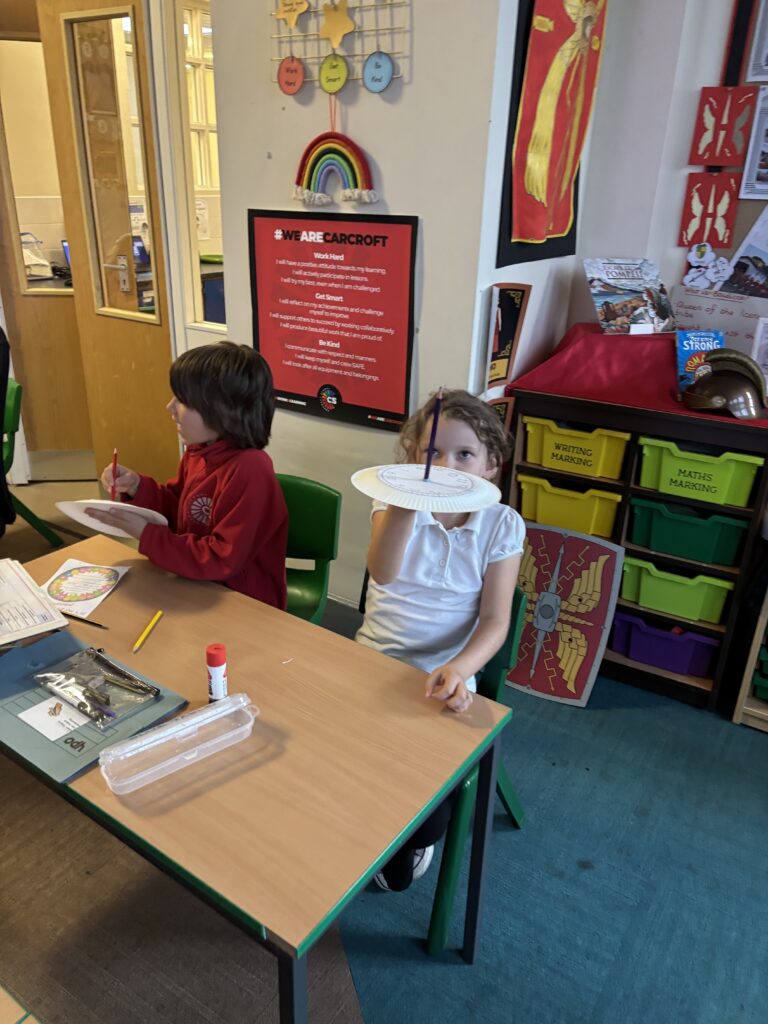Last week, on Tuesday, I visited Carcroft Primary to work alongside Crew Leaders. Whilst there I came across some beautiful curation of pupil work from the Spring Term of last year. The expedition was entitled, “Fight for Your Rights” and pupils had attempted to answer the guiding question, ‘How Can One Moment Influence Our Future?’

Pupils had engaged with a number of Case Studies including History, Art and Science. In Case Study One pupils learnt about historical figures who had made stands for human rights often in times where others were intent on suppressing them usually through fear and ignorance. Pupils studied the Civil Rights movement in the USA in the 1960s and compared and contrasted this to the women’s suffrage movement in the early twentieth century.
Pupils moved onto an Art Case Study where they considered the way artist Jonathan Yeo uses light and shade in his portraits. Using this as inspiration, and drawing on their Science studies about the nature of light and vision, pupils practiced a range of techniques to ensure their own picture had appropriate lighting and shading, based on the direction of light, and carefully considered colour choice to evoke a specific mood. Portraits were representations of the people they had studied who had inspired them the most.
Pupils used this learning to write speeches about the importance of human rights and why we must protect them.
The quality of work speaks for itself. What was particularly noteworthy was the blend of pupil work alongside design and curation work supported by our Comms Team. It was also lovely to see exploded quotations where pupils had picked out key learning points from the expedition, beautiful pupil writing and stunning artwork.
Finally, our students often provide an answer to the learning expedition’s guiding question and it was lovely to see this visually represented by one of the children to capture the connections and the progress in their learning through a particular Case Study.
In conclusion, the work I saw was not only important but also beautiful.
Andy Sprakes
Chief Academic Officer, XP Trust.




